It's no secret the legal and now quasi legal cannabis markets are driven by test results. Whichever strains hit the highest numbers often sell the best regardless of whether they "hit harder" or have a more desirable effect than another with lesser content. The THC content is just an easy number to look to - and something folks think they can trust to get them the highest. However, there is a lot more to cannabis than THC content - and the numbers game needs to stop.
Do High THC Test Scores Matter?
Sure, a few people reach for the Everclear in a liquor store, or prefer Old English over a craft brewed Pilsner at 5% - but the few and the desperate. Looking simply at the THC content of a flower when buying makes little sense considering the wide array of compounds found in the plants flowers. Each variety effects every individual differently, and while high scores sell weed, high scores don't make great weed. I have smoked plenty of flower that tested low that leveled me, and plenty of flower that tested high that I just flat out didn't like the effects of.
But we get it, the numbers game matters in cannabis commerce. As former growers in the legal Oregon market, we had a pile of genetics we tossed just because the consumer didn't want a flower testing at 16% - even when they were adored in-house and most certainly got everyone high. It's a sad reality, high THC scores are what the people want. And as a grower mentioned to me recently "If you can't change the game, you may as well play it."
Lab Shopping For High Test Scores
Fortunately for producers, they aren't the only ones playing the game. A consistent conversation among recreational growers has in recent years drifted to which labs give the highest scores. As hopeful as we all might be that laboratory testing would be accurate - even accredited labs can cook the books and are just as happy to be crooks.
Dubbed "Lab Shopping," growers flock to labs that inflate THC numbers the highest. By tinkering with the moisture adjustment the savvy lab can make a 15% flower back into marketable at 20% without the blink of an eye - and it seems like just about everyone is playing the game. Labs in all legal states have come under scrutiny in recent years for flagrant violations with several having their accreditations revoked.
A recent study published in the National Library of Medicine sought to expose the industry standard inflation and did just that. Out of 23 different samples with posted potencies - all 22 were inflated by an average of 25% with some even farther off the mark. The study is groundbreaking in my book and I hope it does eventually lead to some changes in the industry. The highest testing flower in the study, a "Danky Kong" was said to be 27.73% THC - the sample came back at 19.58% when independently tested.
Overall the study found the average THC content between the 23 varieties was 14.91% - with the lowest reported labeled at 17.87% - while if they'd believe the labels the average was well into the 20's. Please take the time to check it out.
Uncomfortably high: Testing reveals inflated THC potency on retail Cannabis labels
Allegations against three cannabis testing labs in Oregon for boosting potency numbers has led the Oregon Liquor and Cannabis Control Commission to consider revoking their licenses. California has gone through the same struggles and revoked accreditation on dozens of labs in the state. Check out the numbers below that we ourselves received here in Oregon - a whopping 33.6% total THC with 37% THCa.

And now with uncontrolled high THCa flower flooding retailers and the internet, growers have an even easier opportunity to boost numbers. With zero checks and balances on what flower is even linked to test results, and lab's that don't have to follow any sort of standardization - the numbers game has made it's way into the open market. Online buyers who never see or smell the flower before hand are even more inclined to shop by the numbers.
Whats Wrong with the High THC Game?
In my book, THC inflation matters because the consumer is still being driven by THC numbers. High scores are like a flashing neon sign that people can't stop staring at. High THC scores get some farms paid big and others swept under the dirt. High THC scores mean fantastic strains are buried simply because they don't hit the numbers.
In reality, cannabis plants generally don't ever produce more than 25% of any one cannabinoid. There are plenty of test results that show otherwise but this goes back to labs cooking the books. When you think about a flower and what 25% means, 1/4 of what you are looking at is composed of 1 chemical compound. Thats pretty darn impressive.
High THC Numbers Do Not Matter
The main point to drive home is, the numbers do not matter. Everything people have been trusting to tell them what cannabis they like has been a lie. There are 10% strains that get people incredibly high. Cannabis is completely subjective and each users experience is molded heavily by the combination of cannabinoids and aroma compounds such as terpenes, adelhydes, and esters. If THC content was all that mattered everyone would just smoke pure THCA crystals.
A Different Approach to Cannabis Flower Sales
A more science backed approach flower vendors could take is laying out the aromas and their possible effects on consumers first. Unless a cannabis flower has less than 10% or so percent, everyone is going to feel it - and

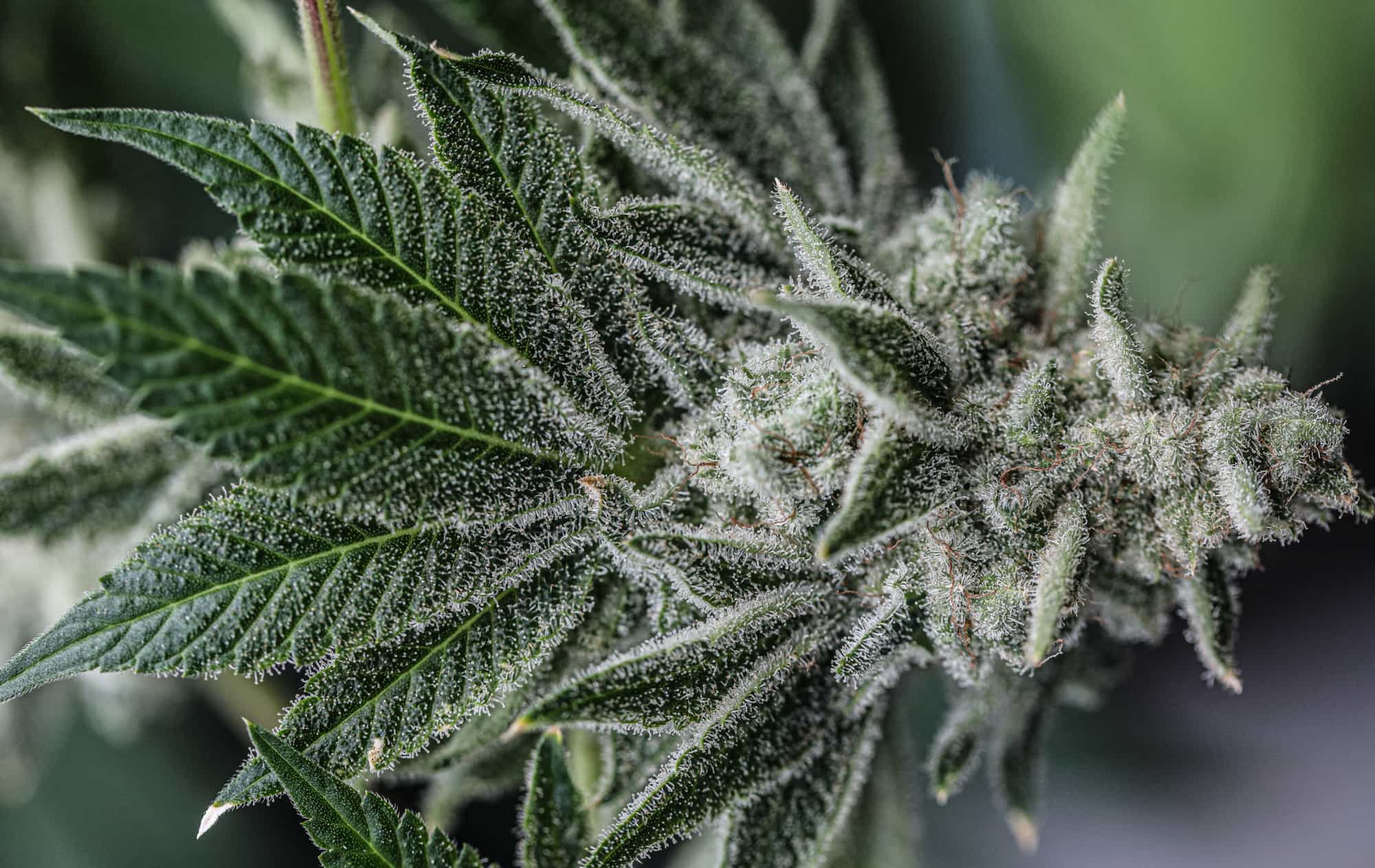
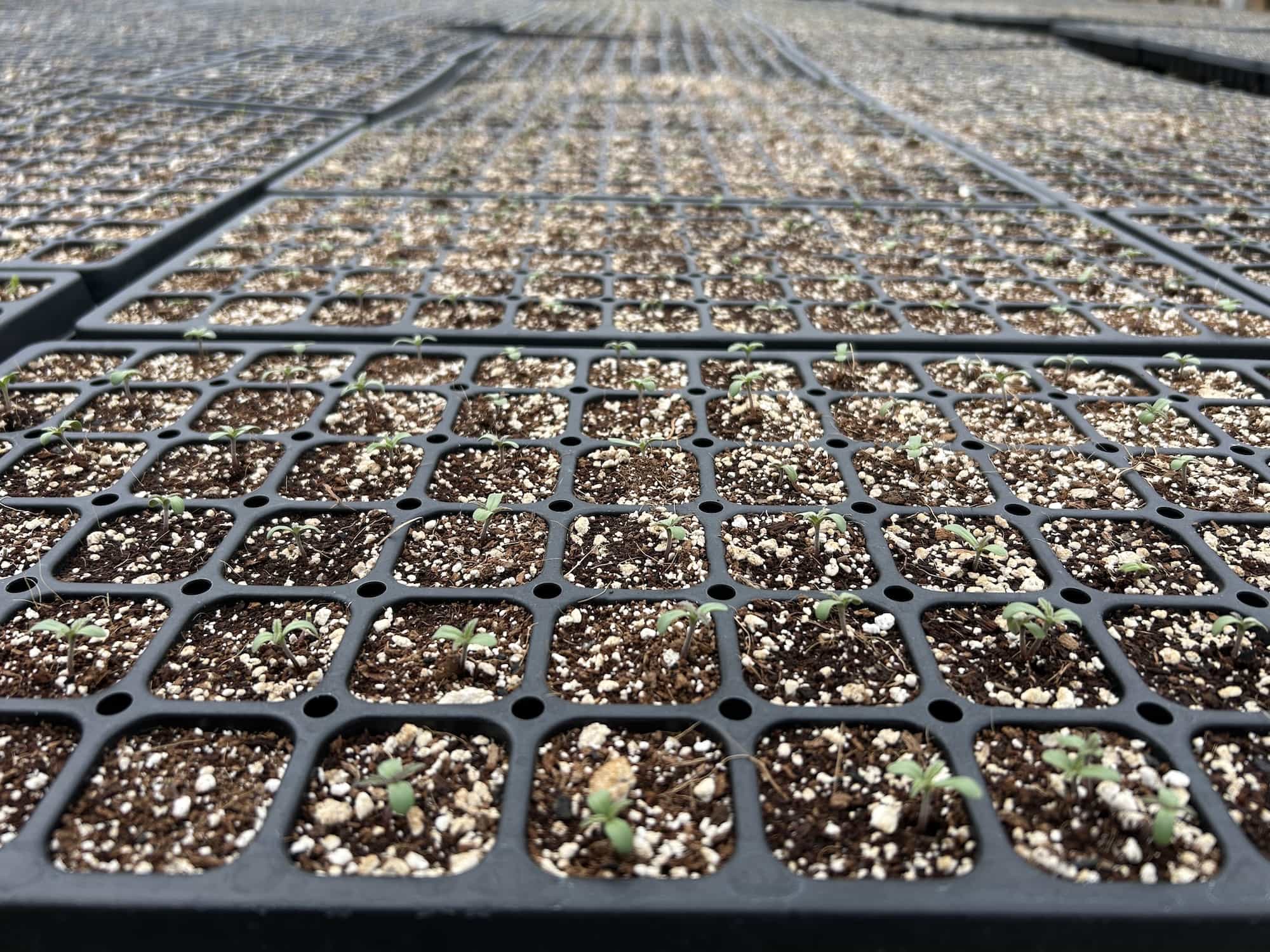
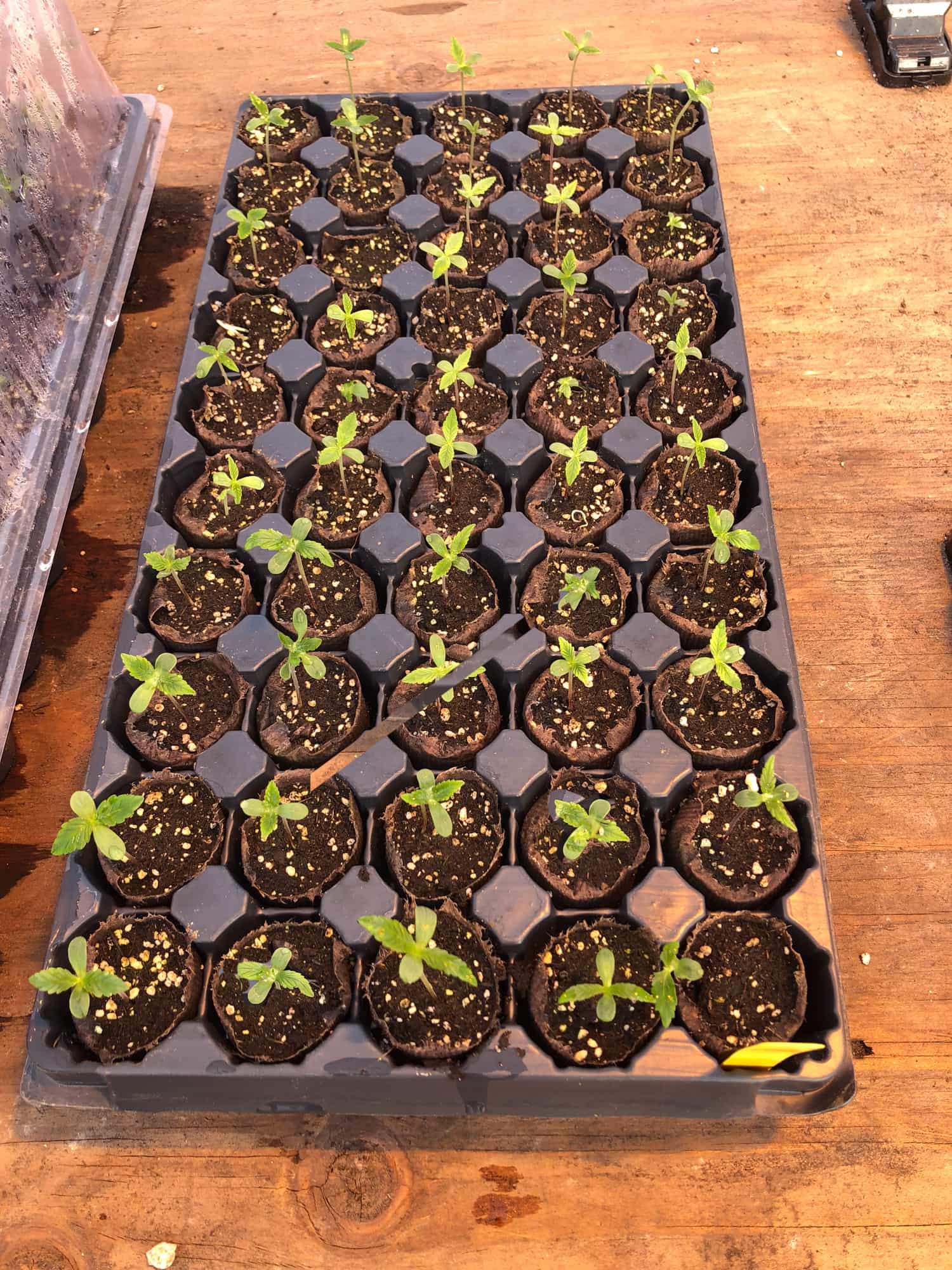
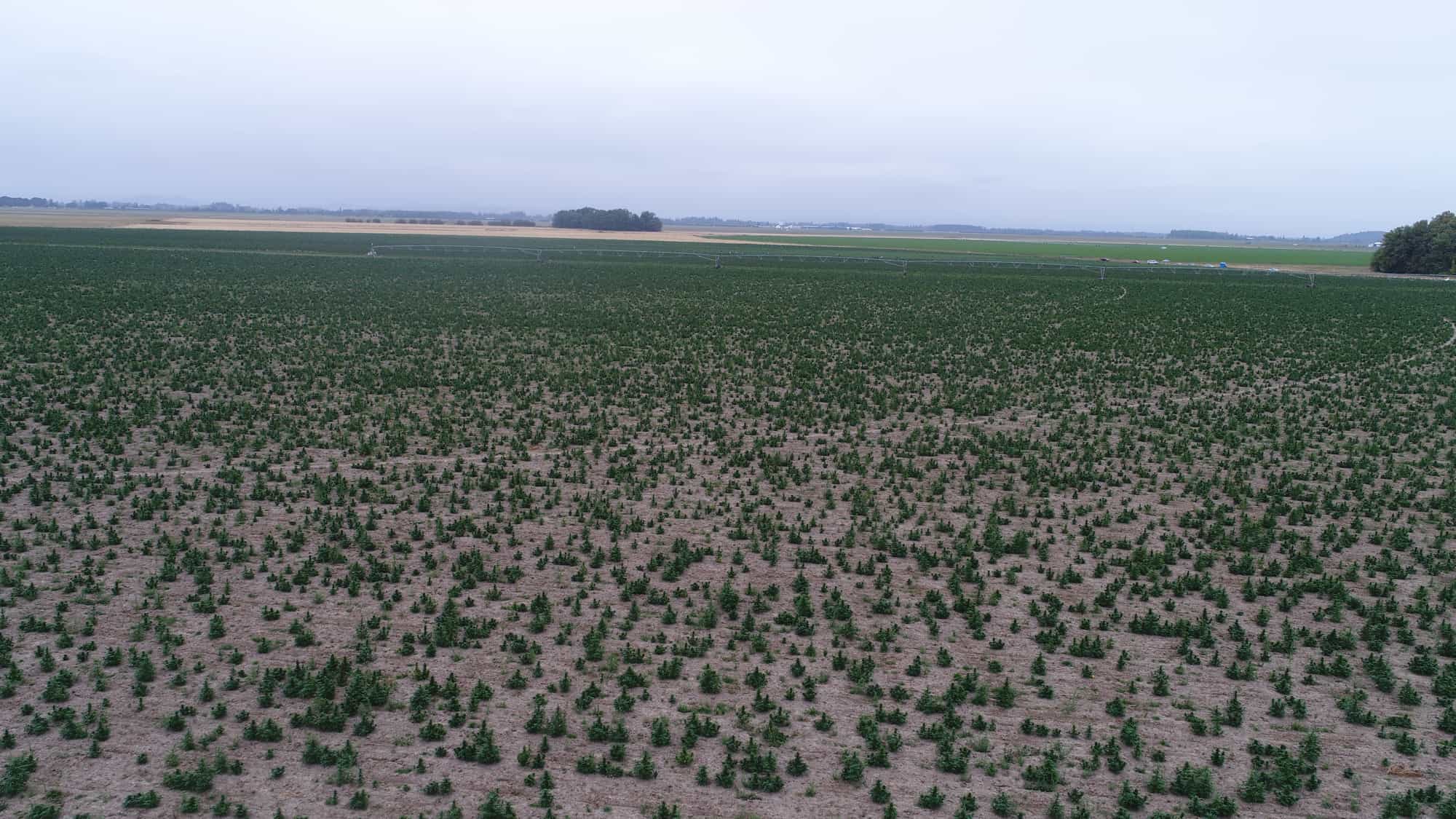
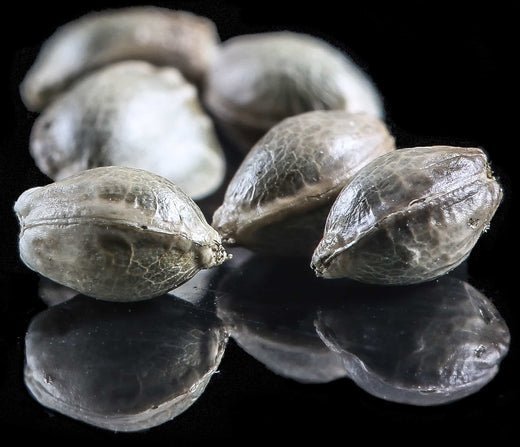
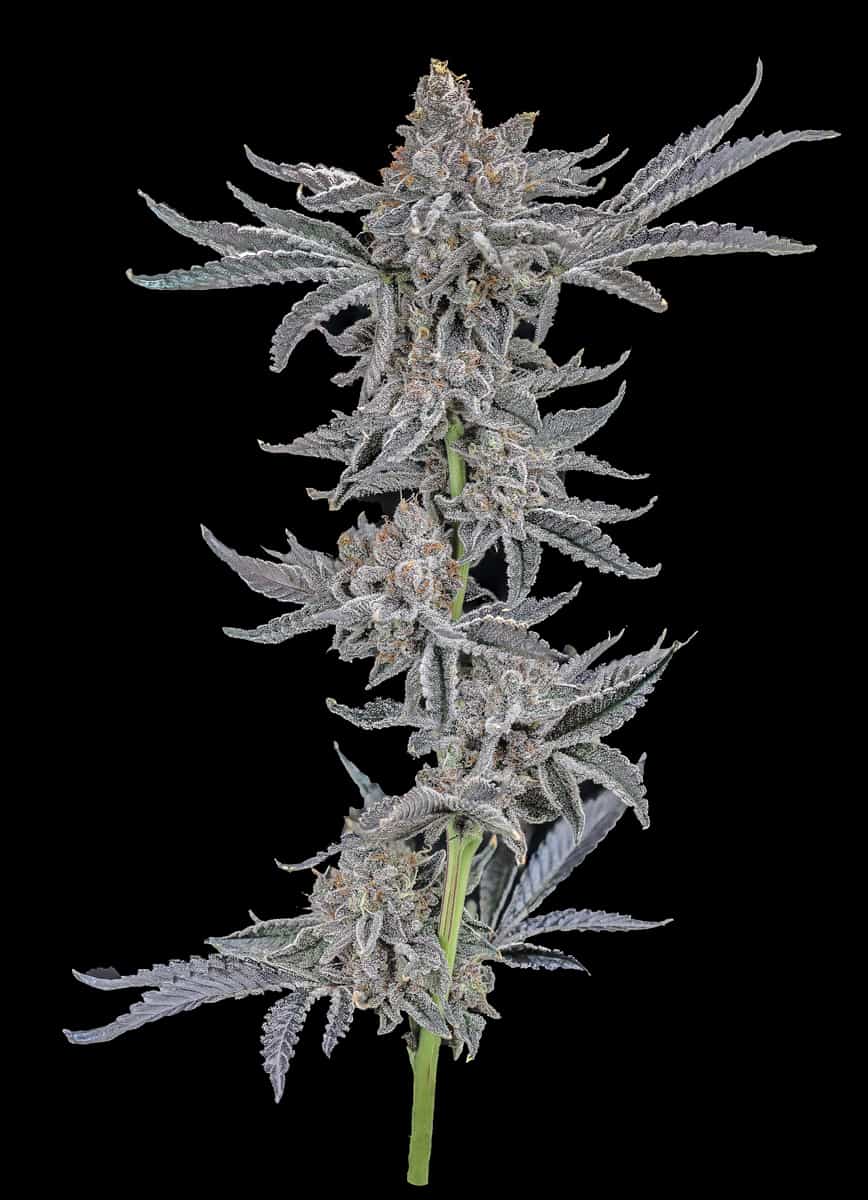
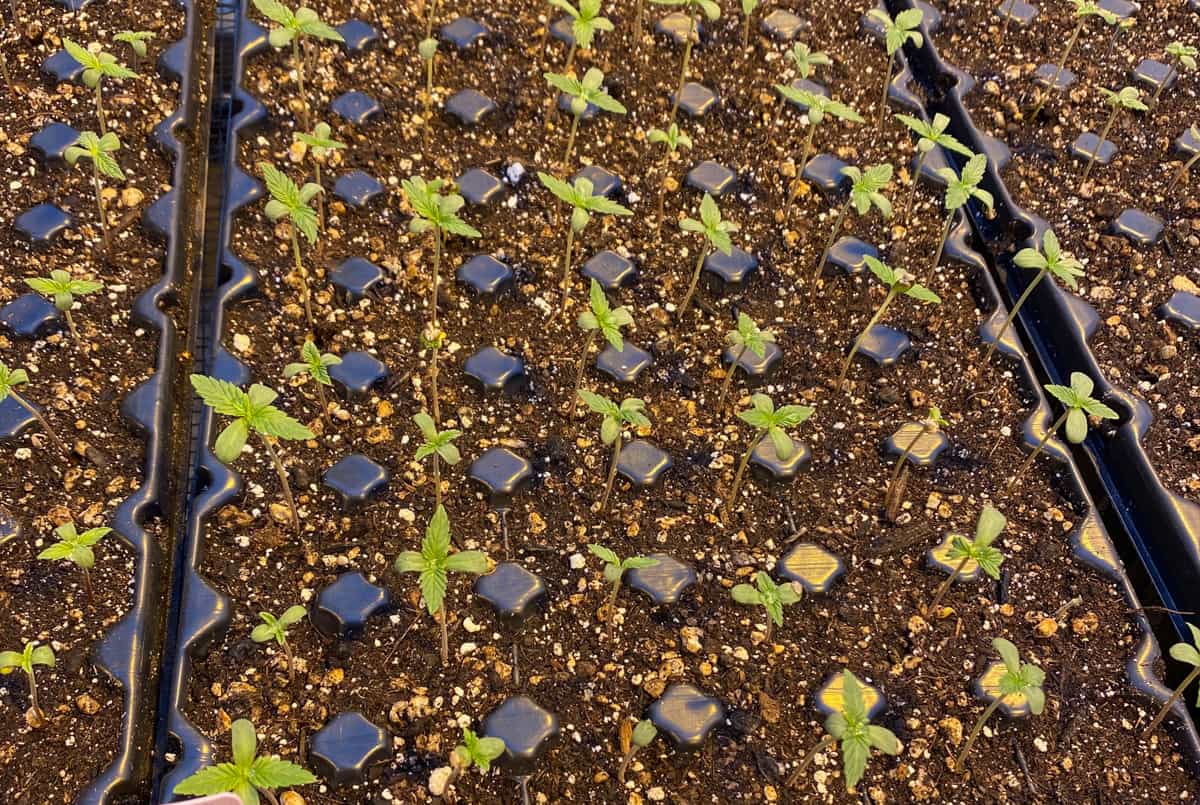

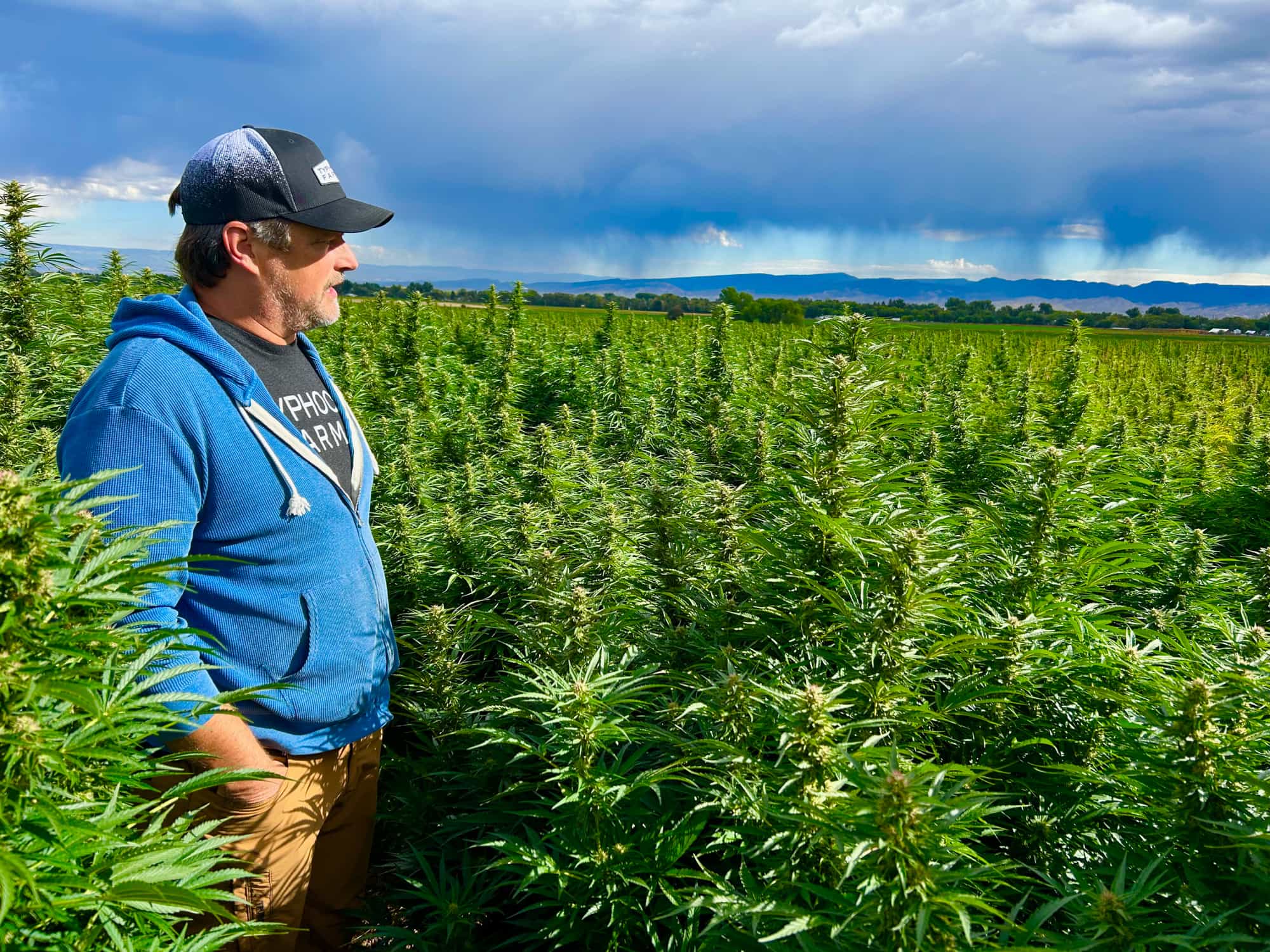
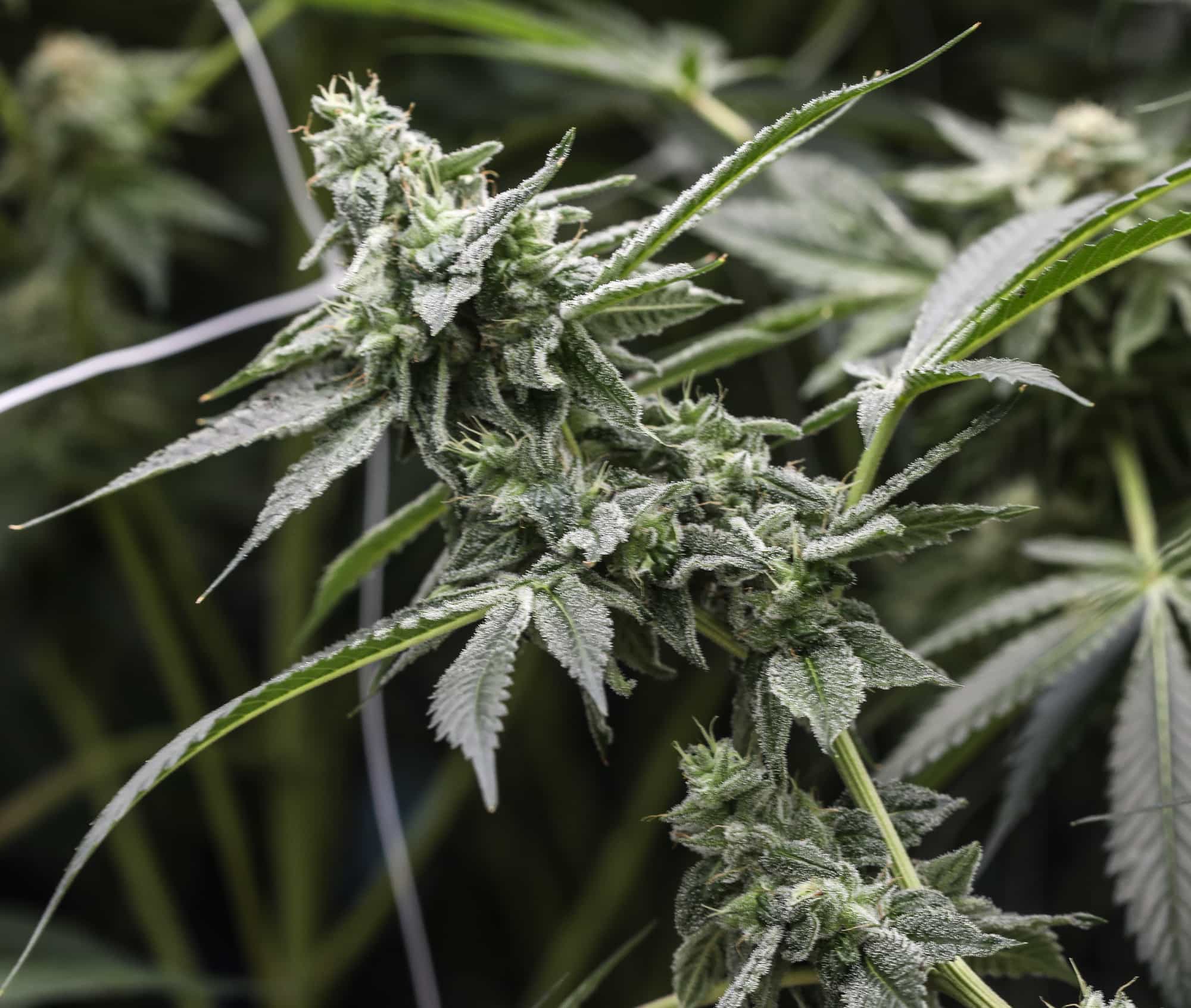
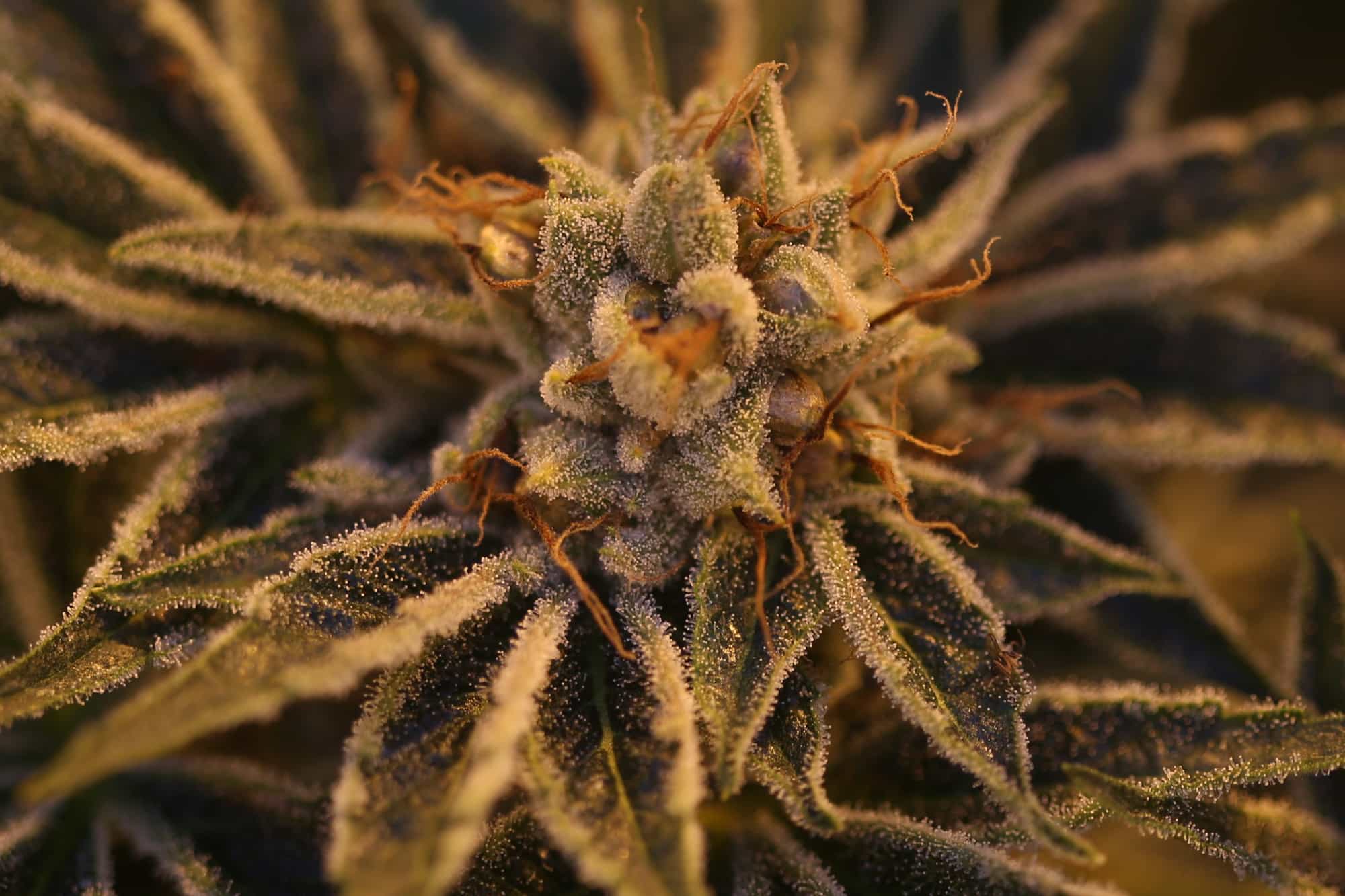
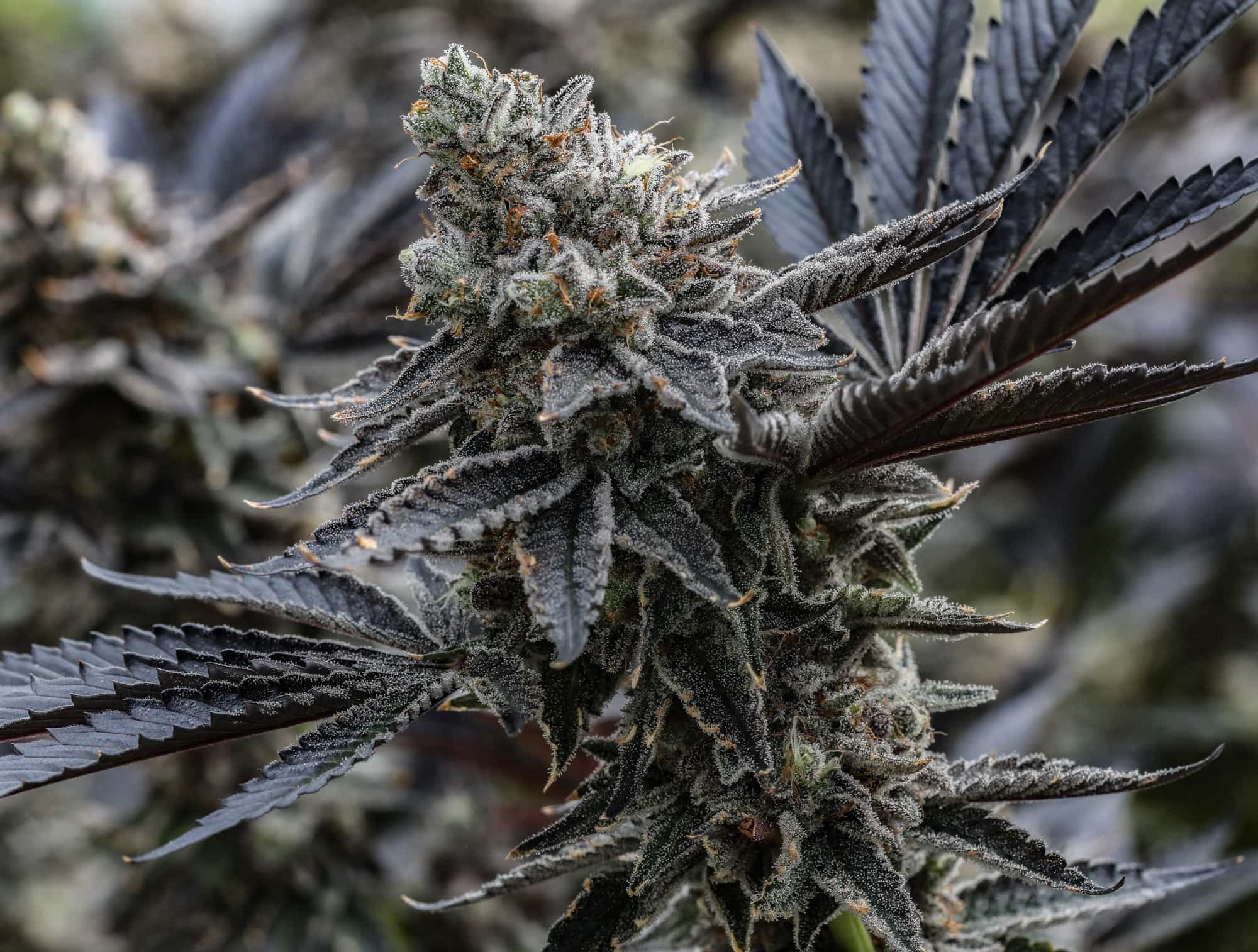
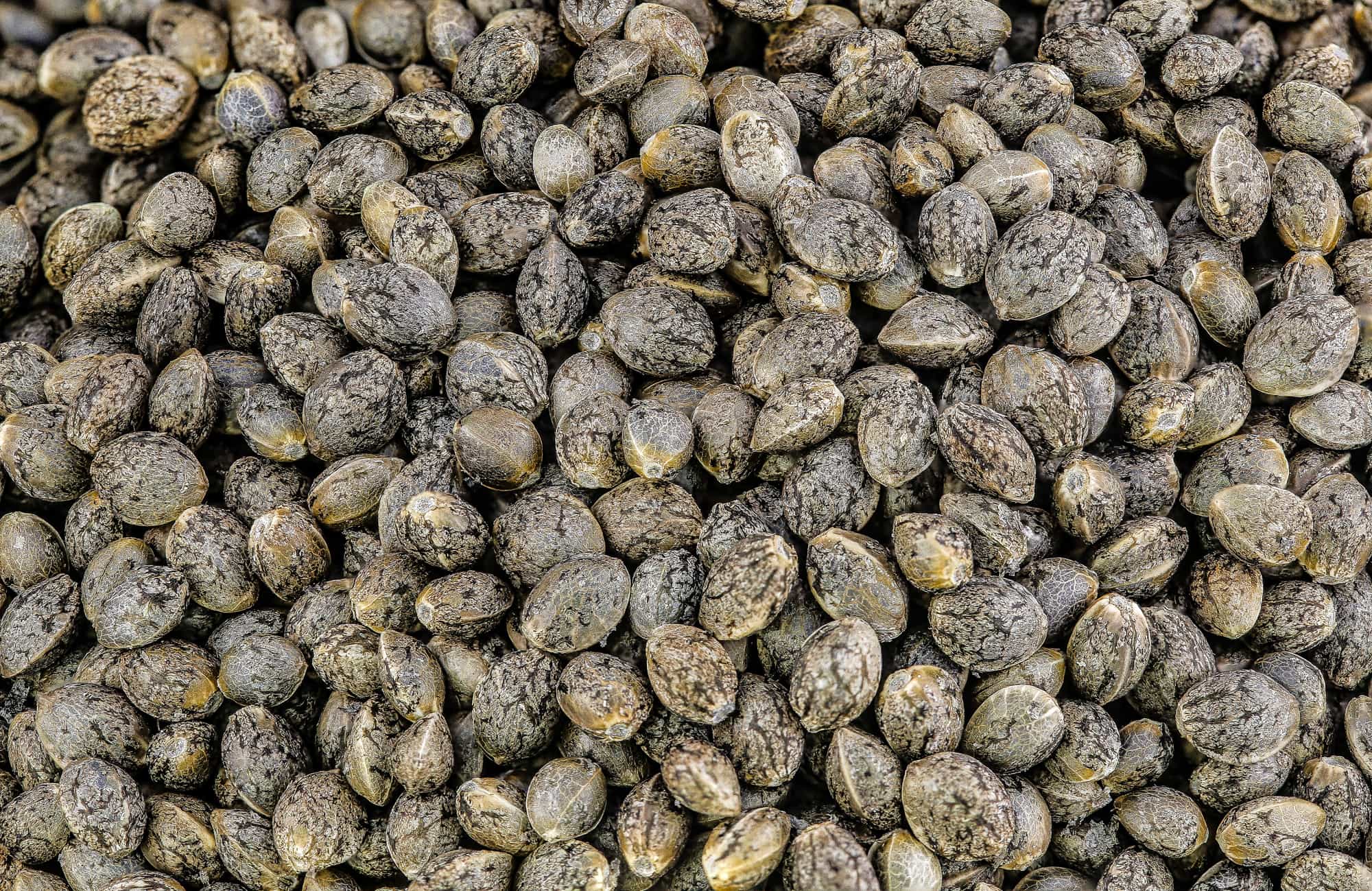
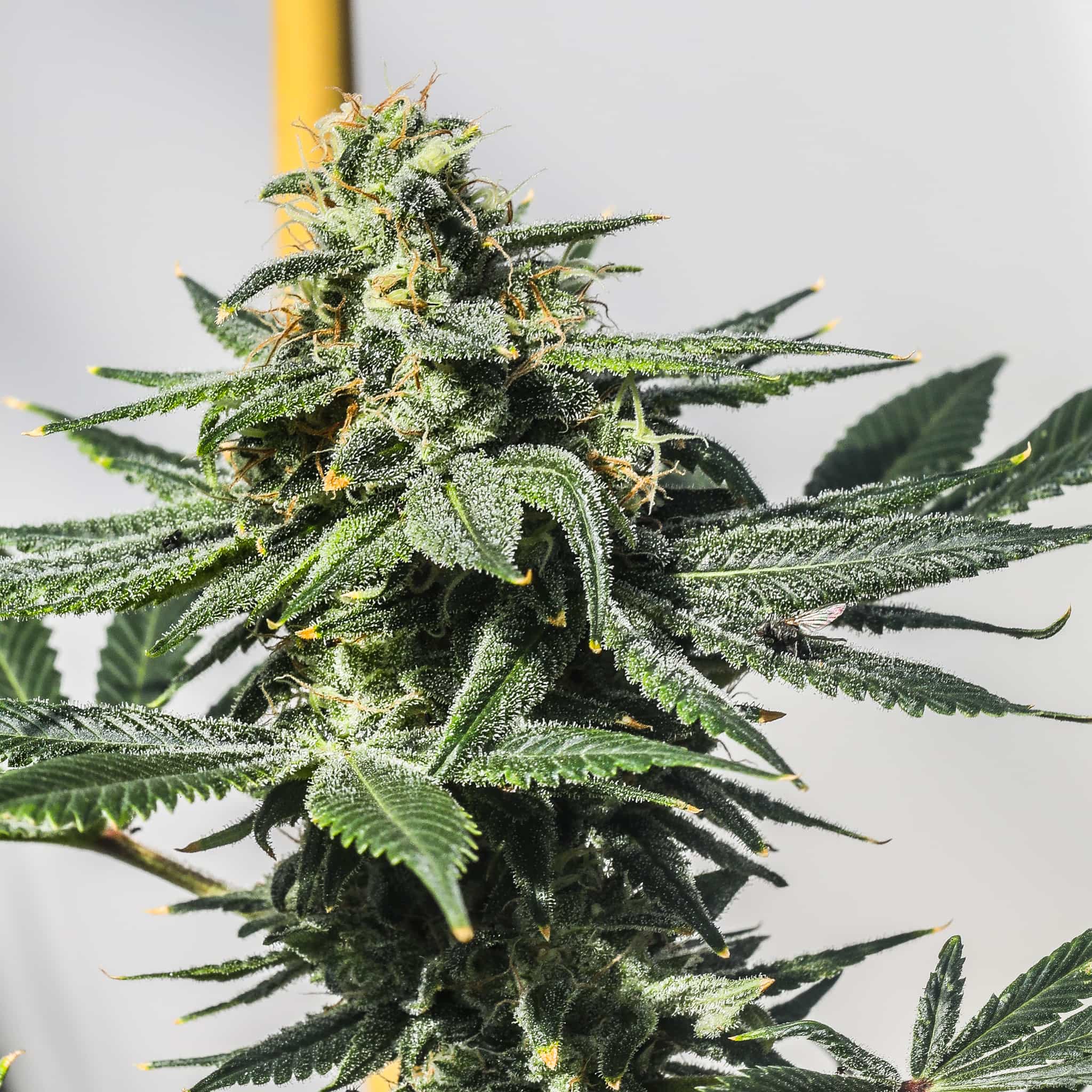
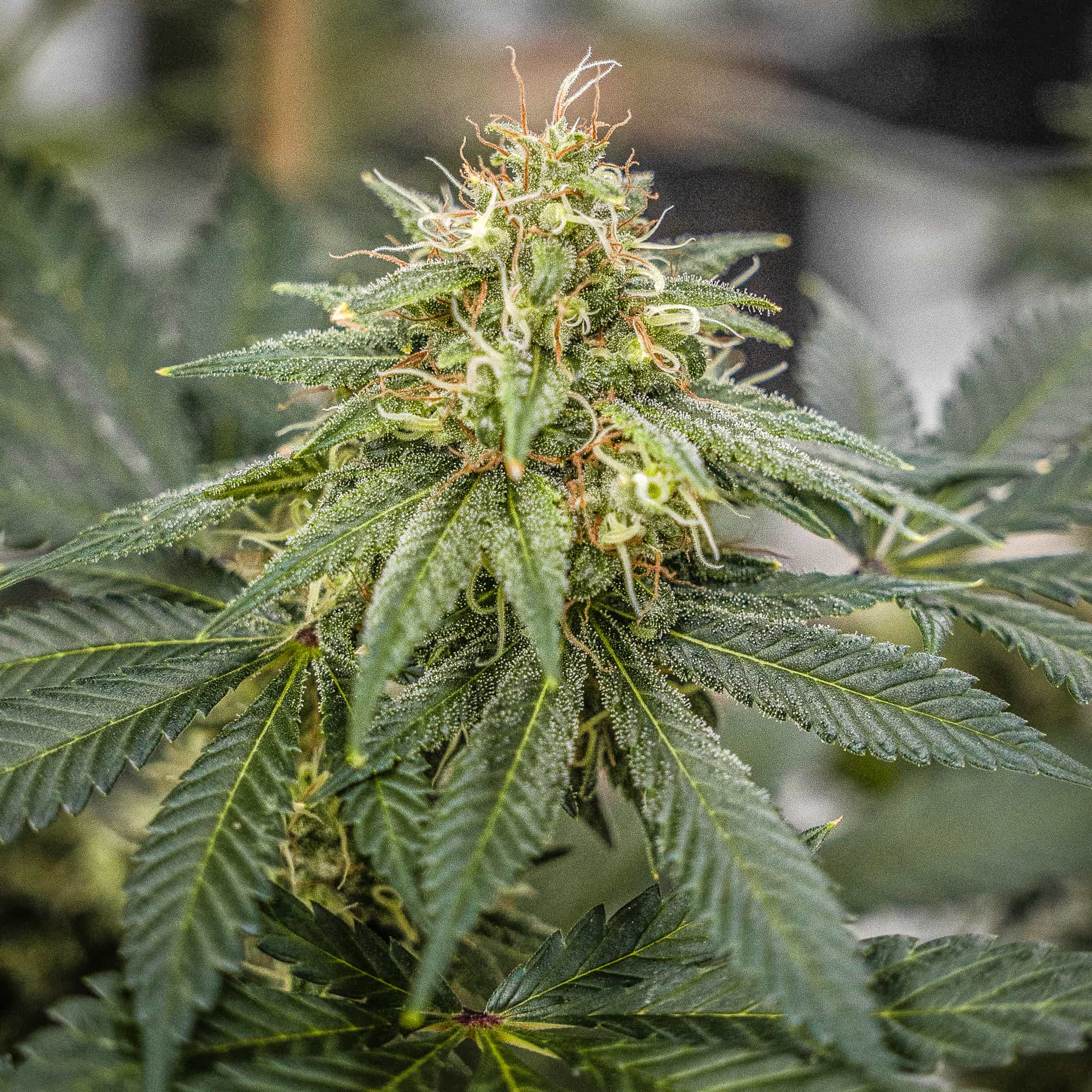
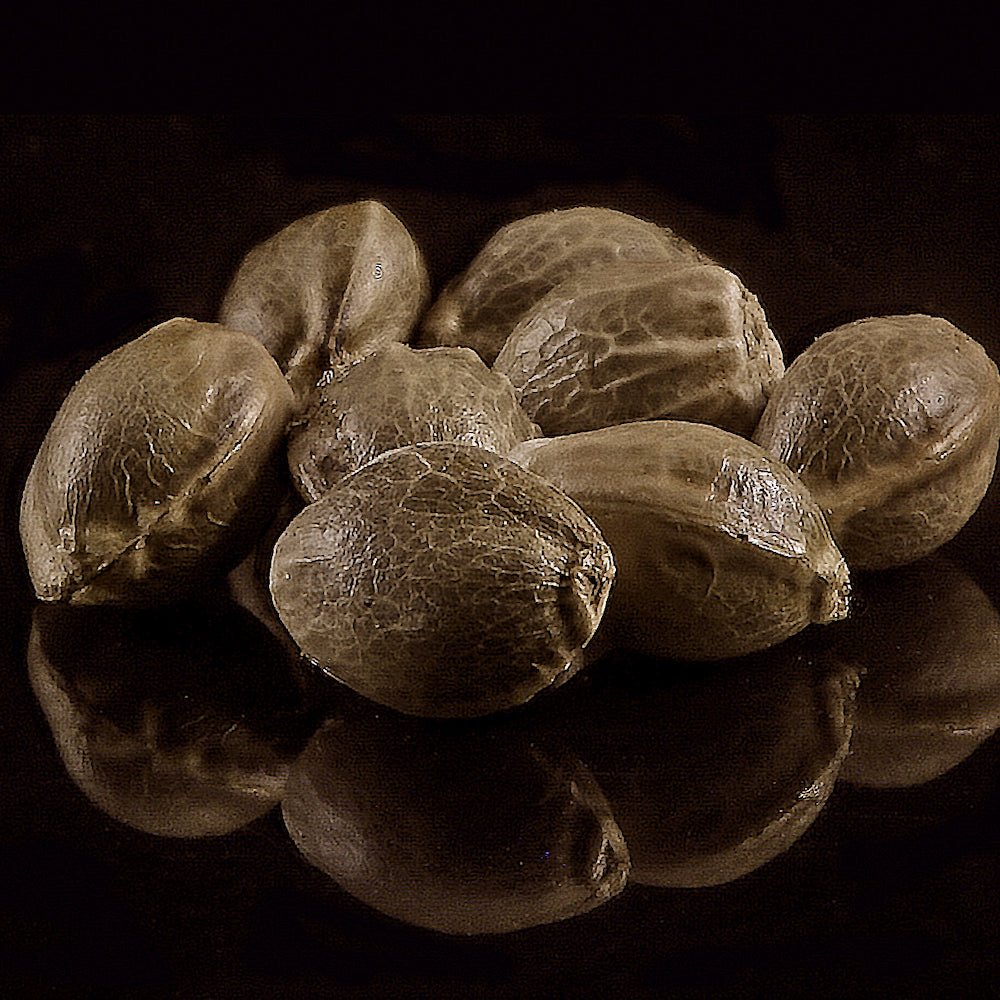
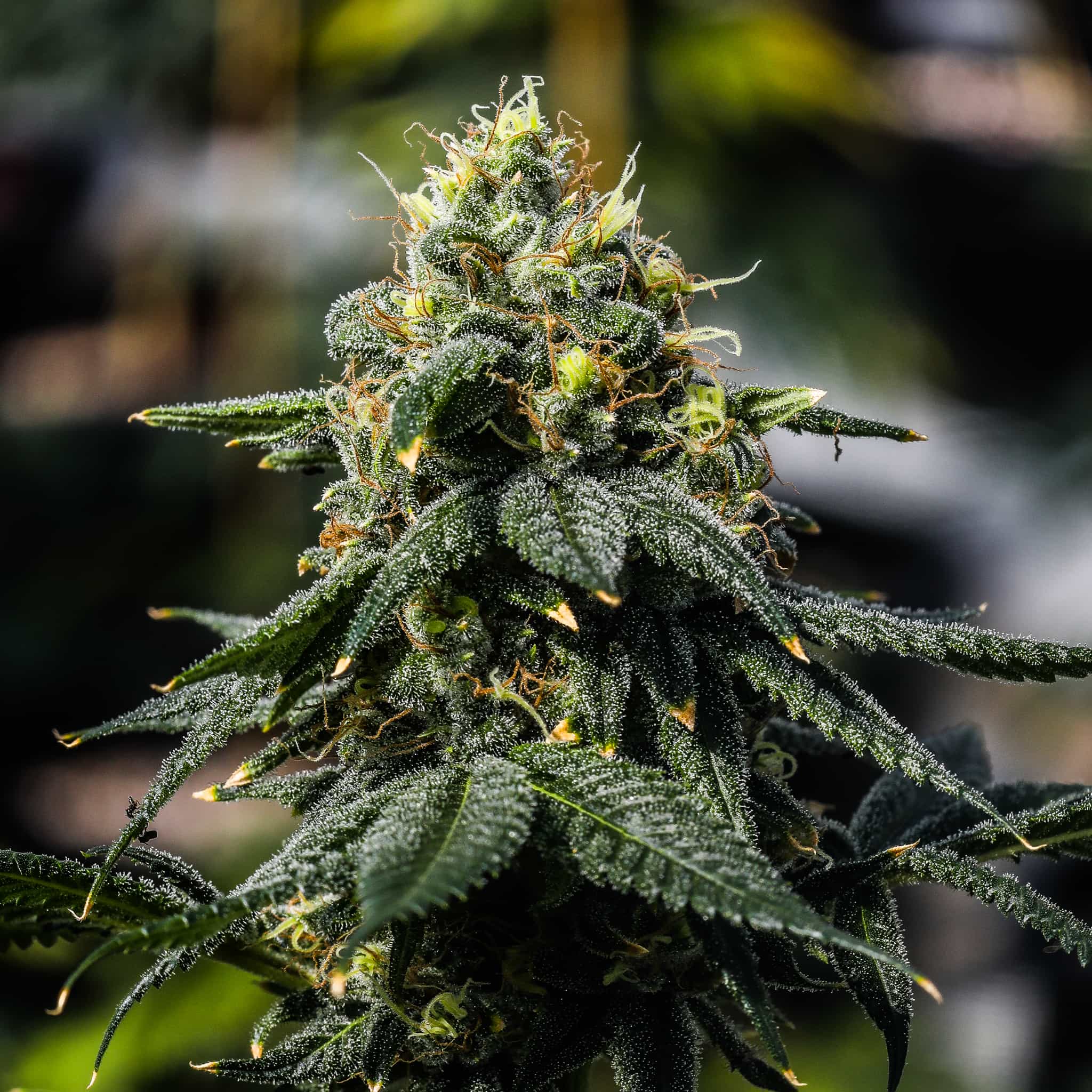
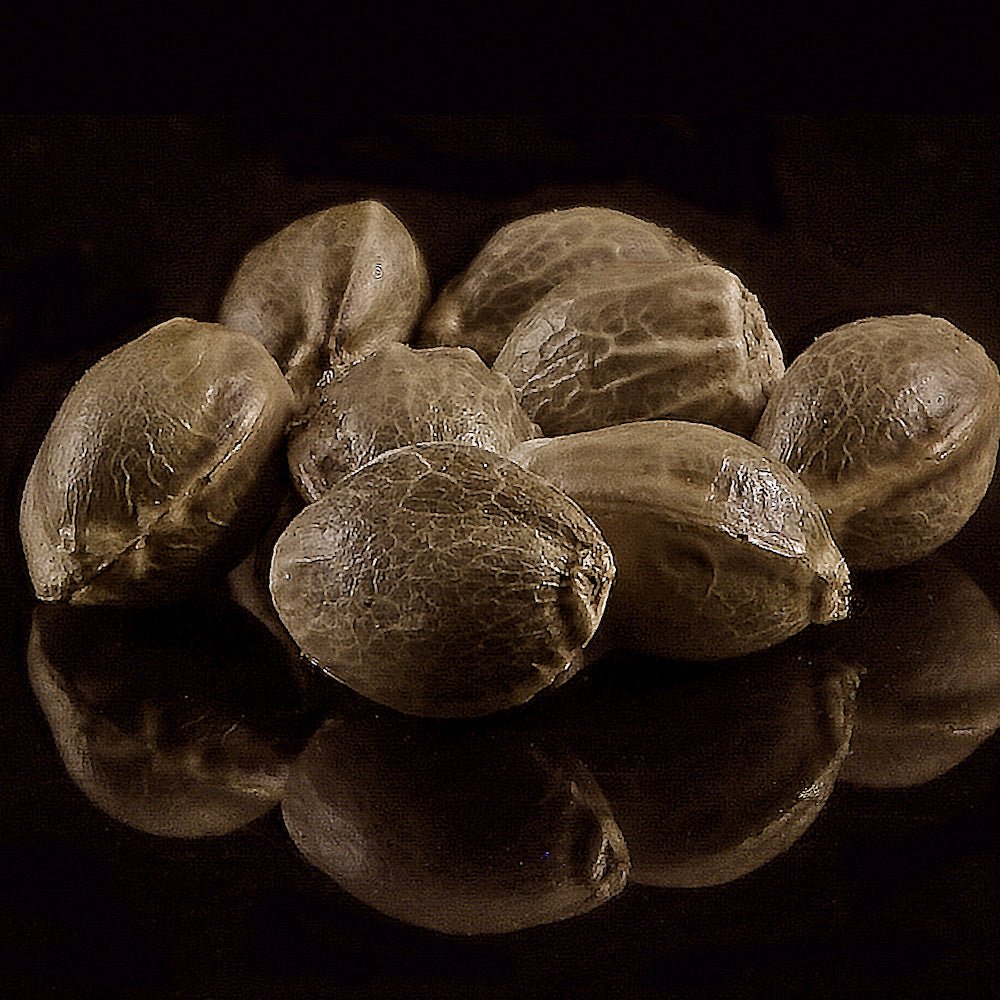
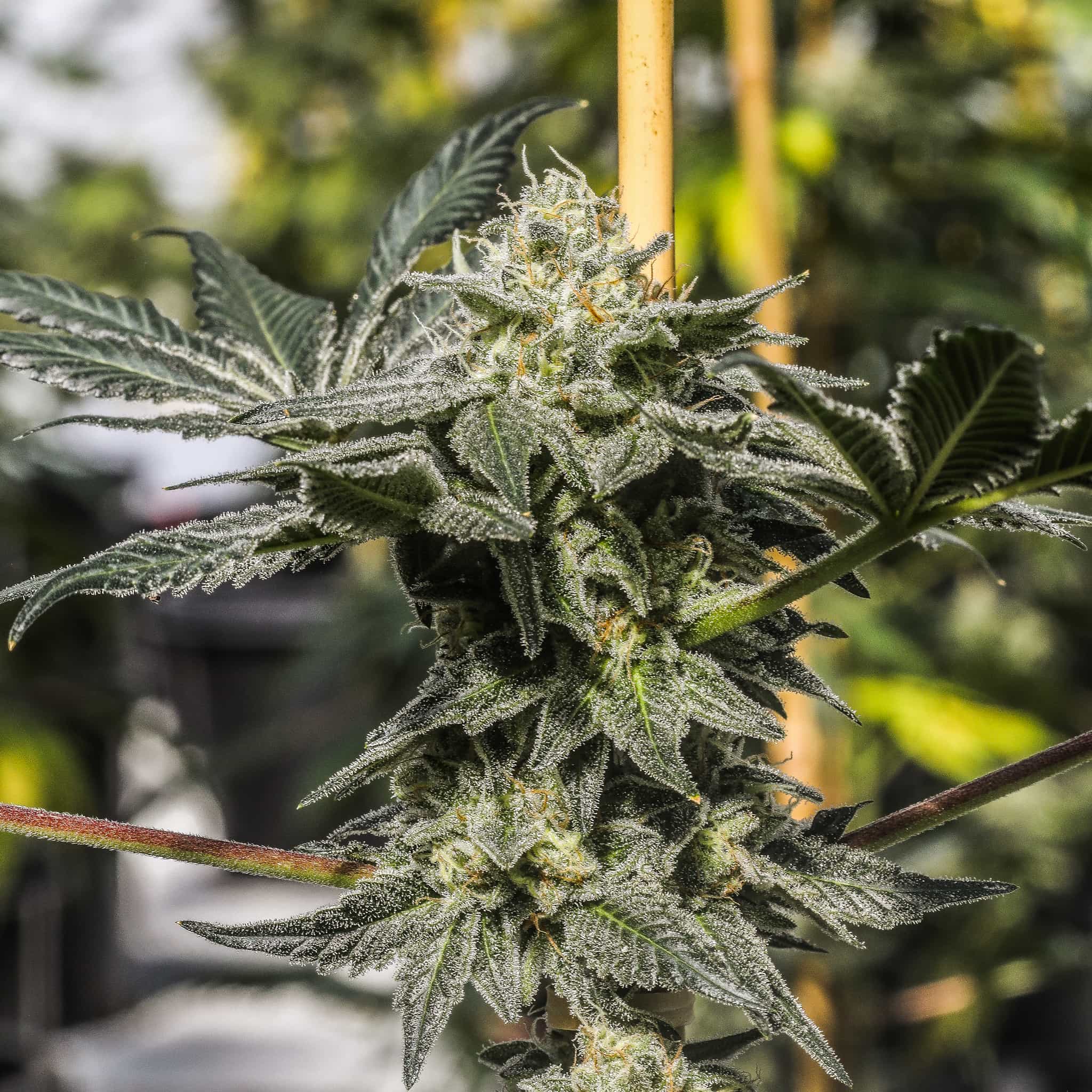
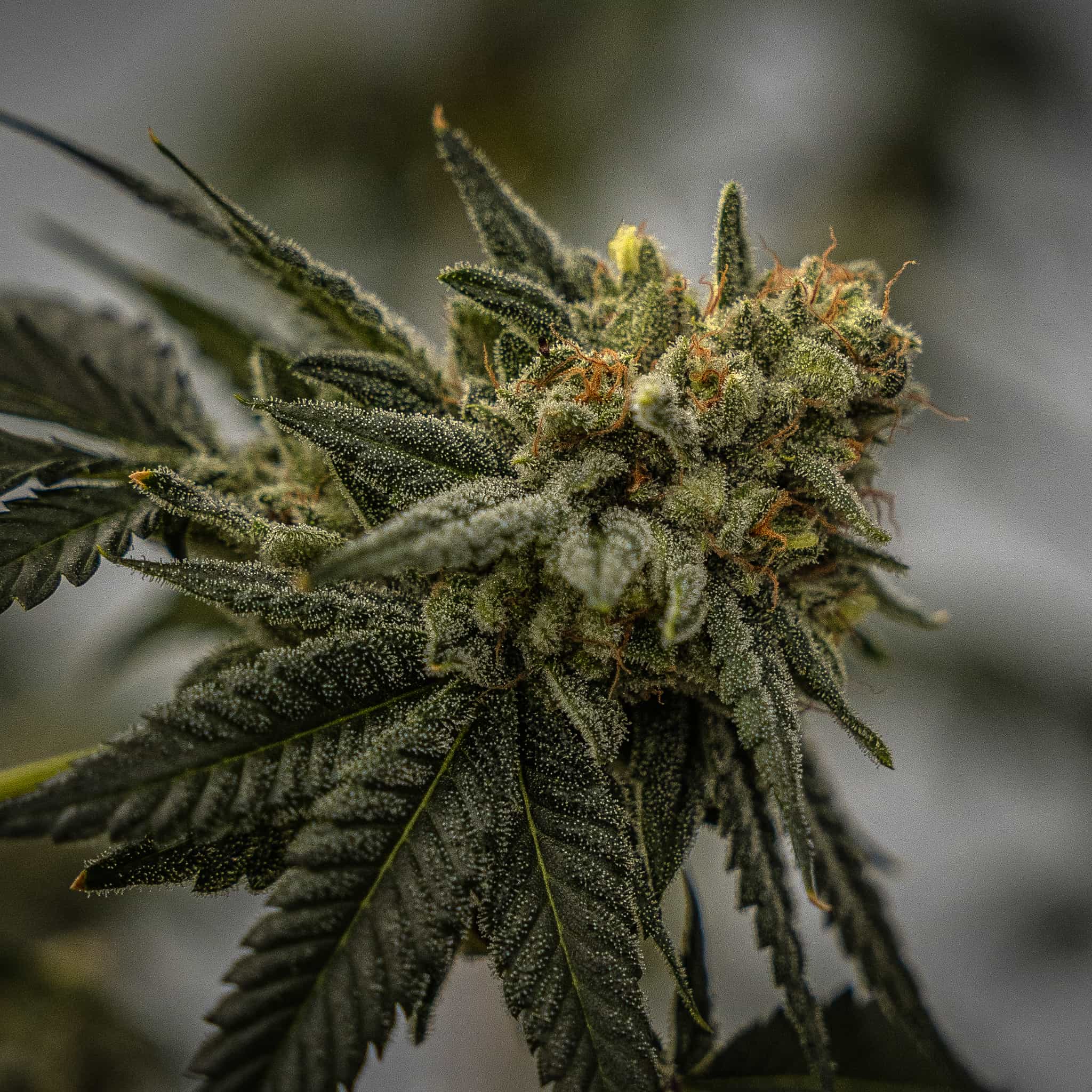
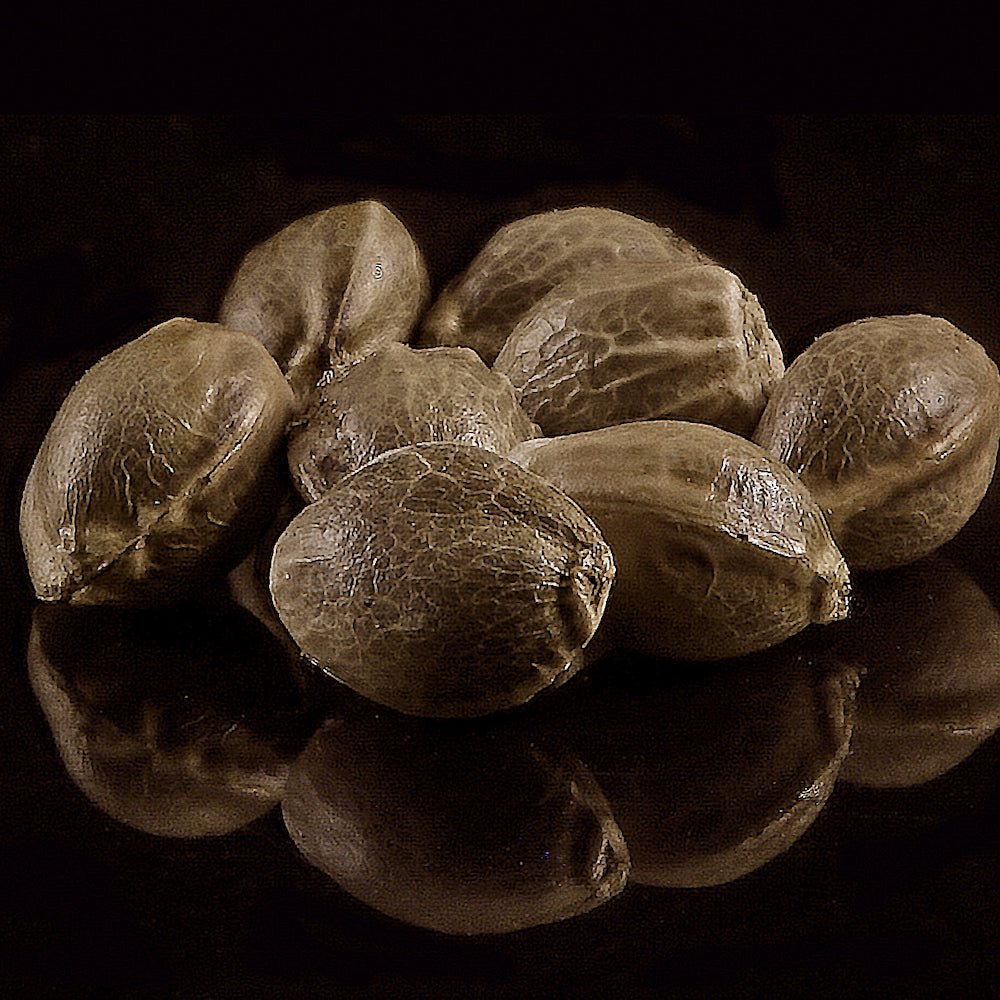
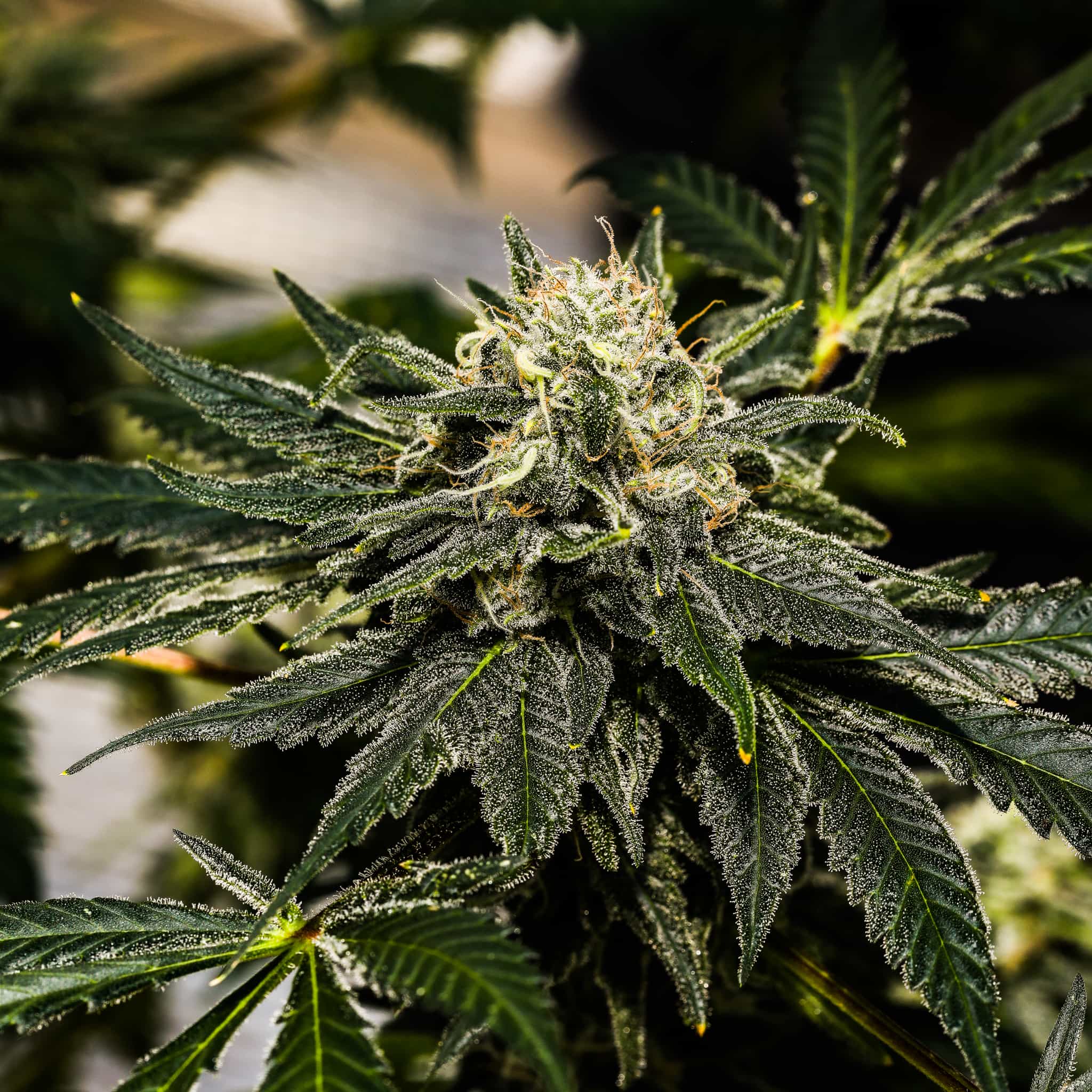
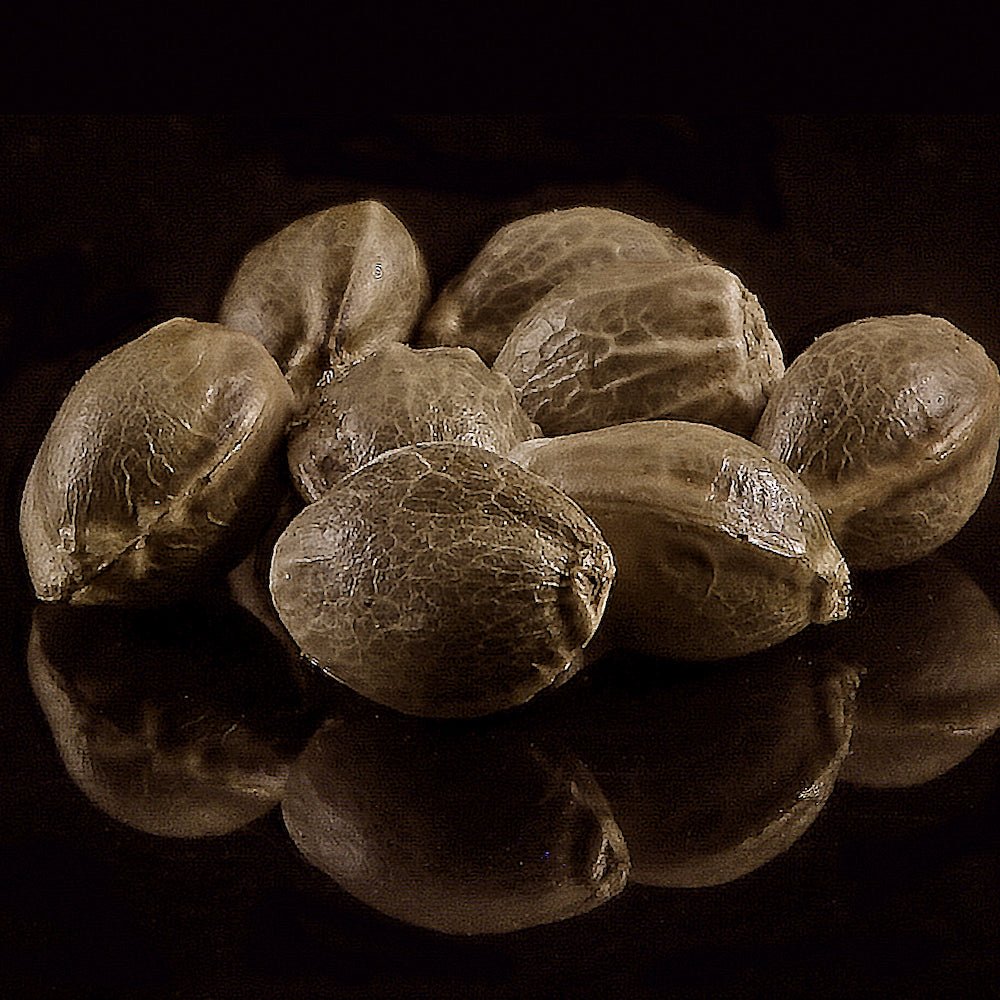
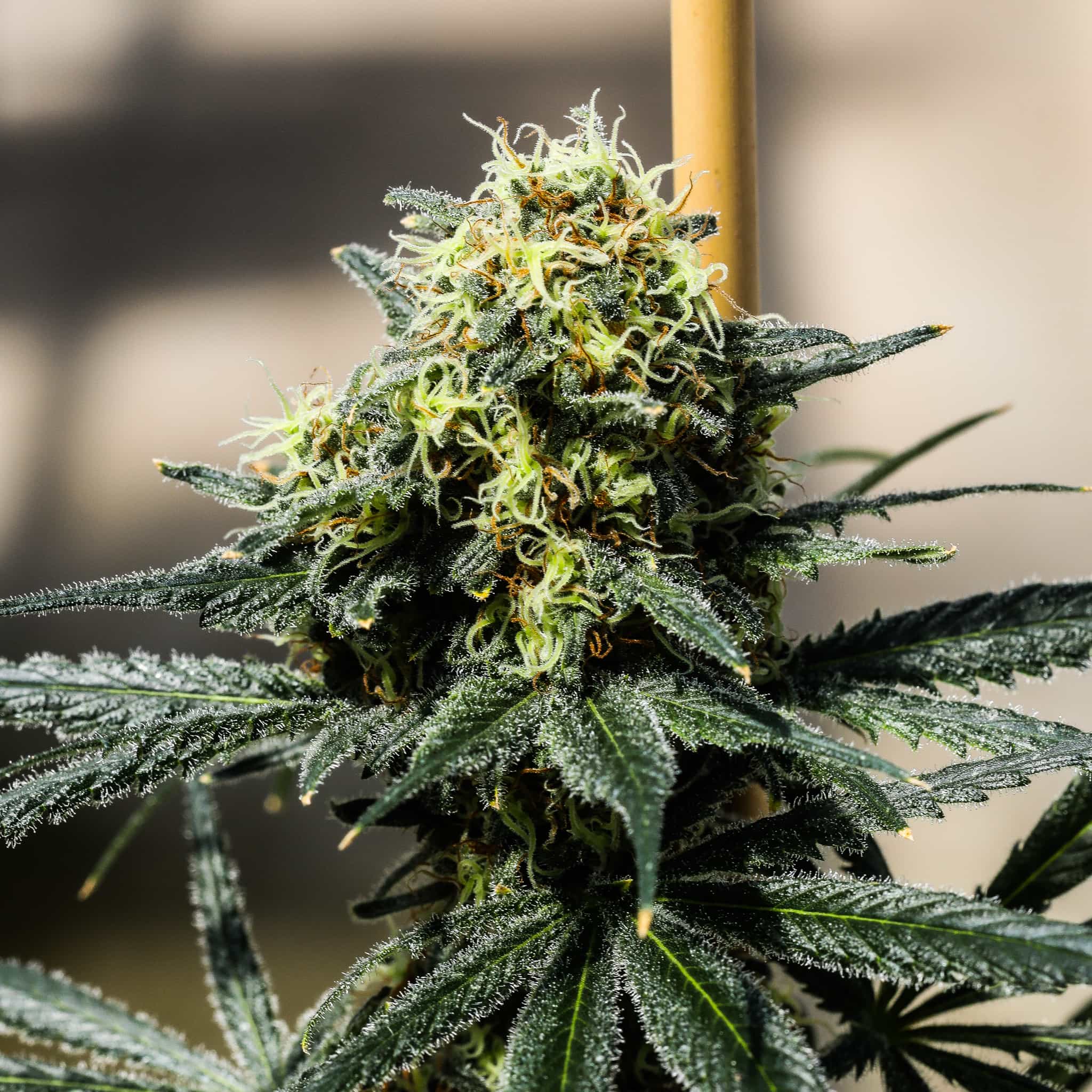
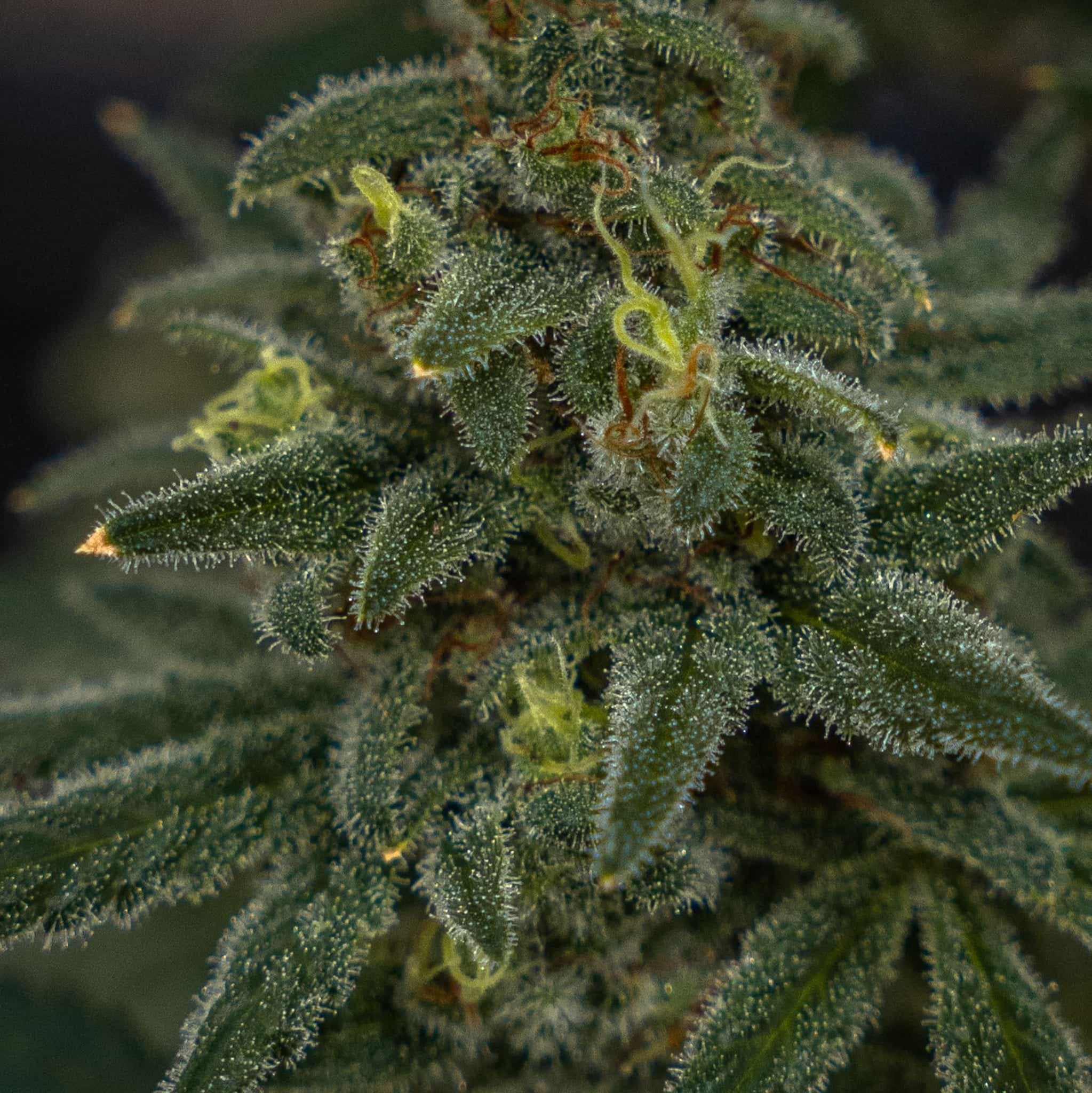
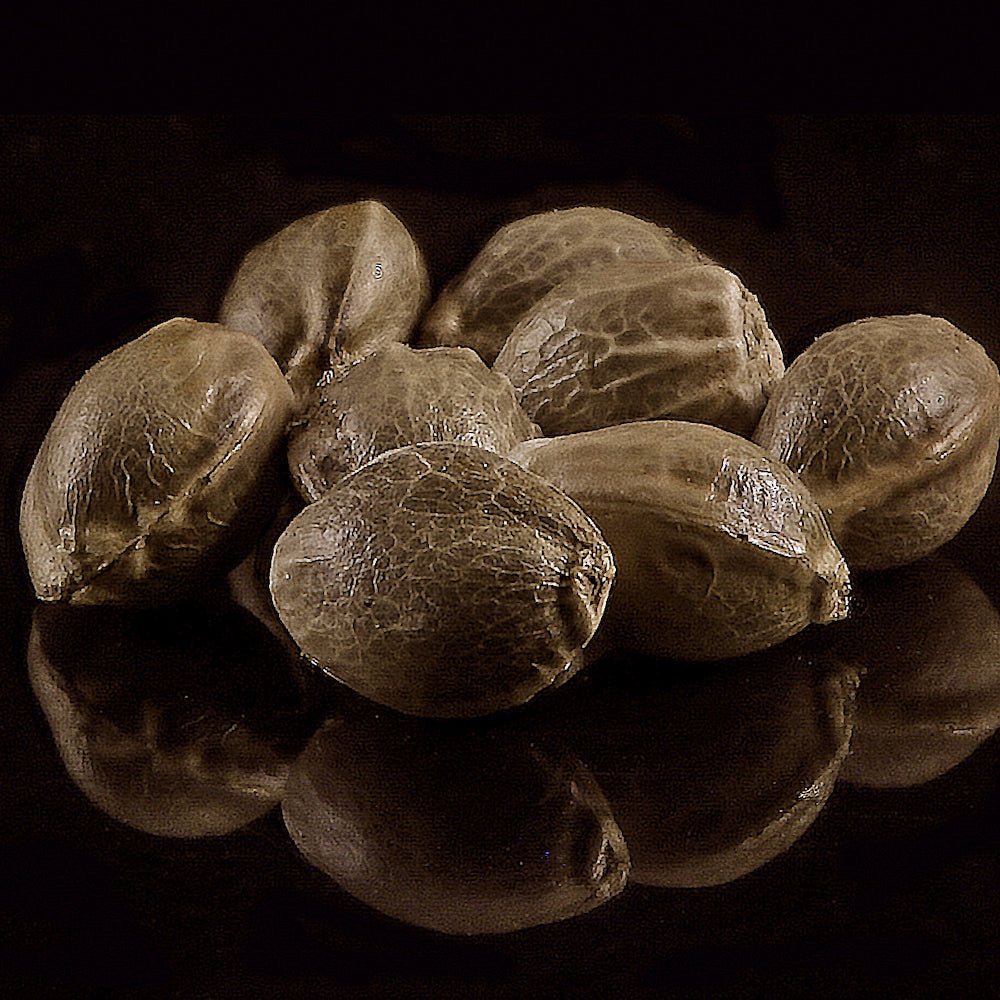
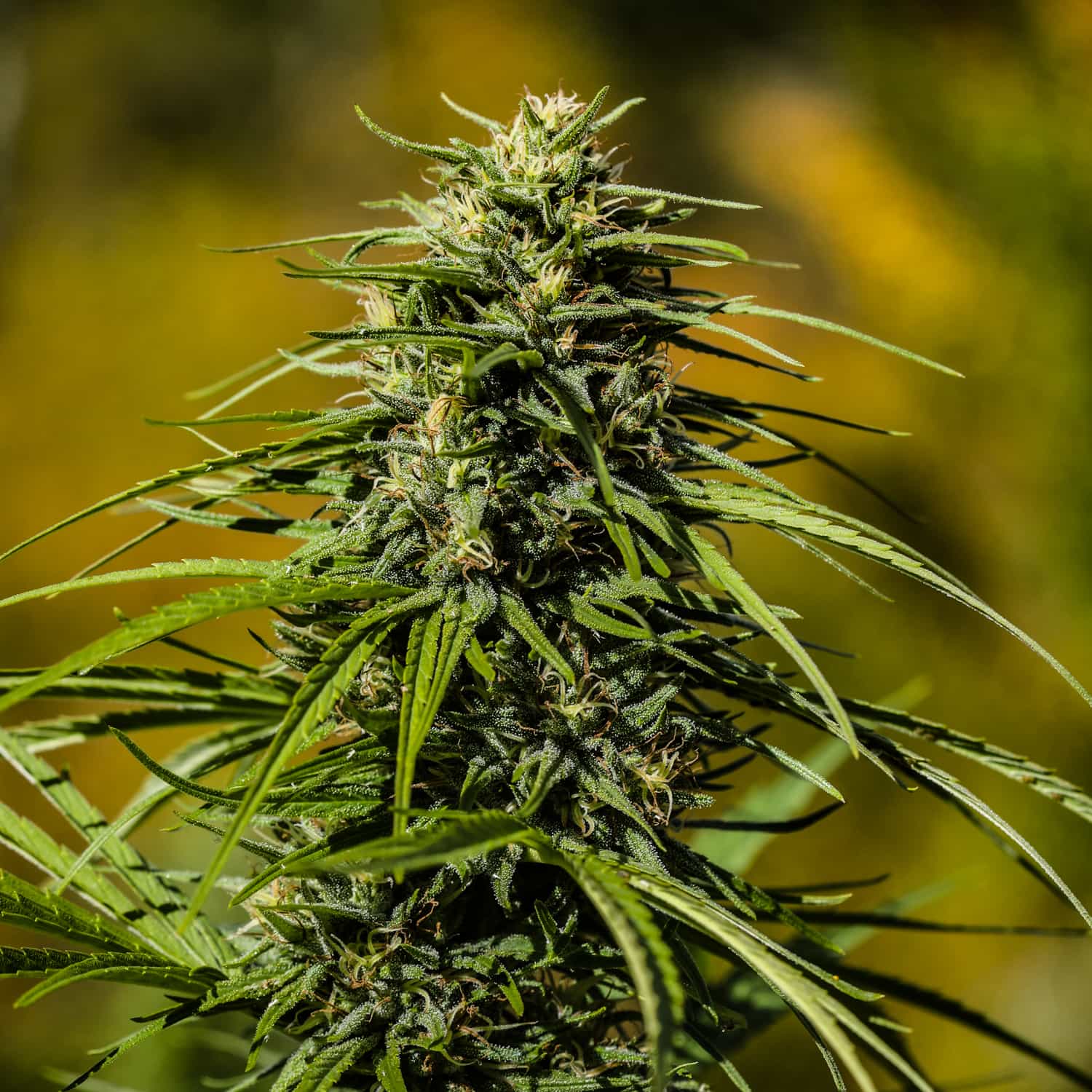
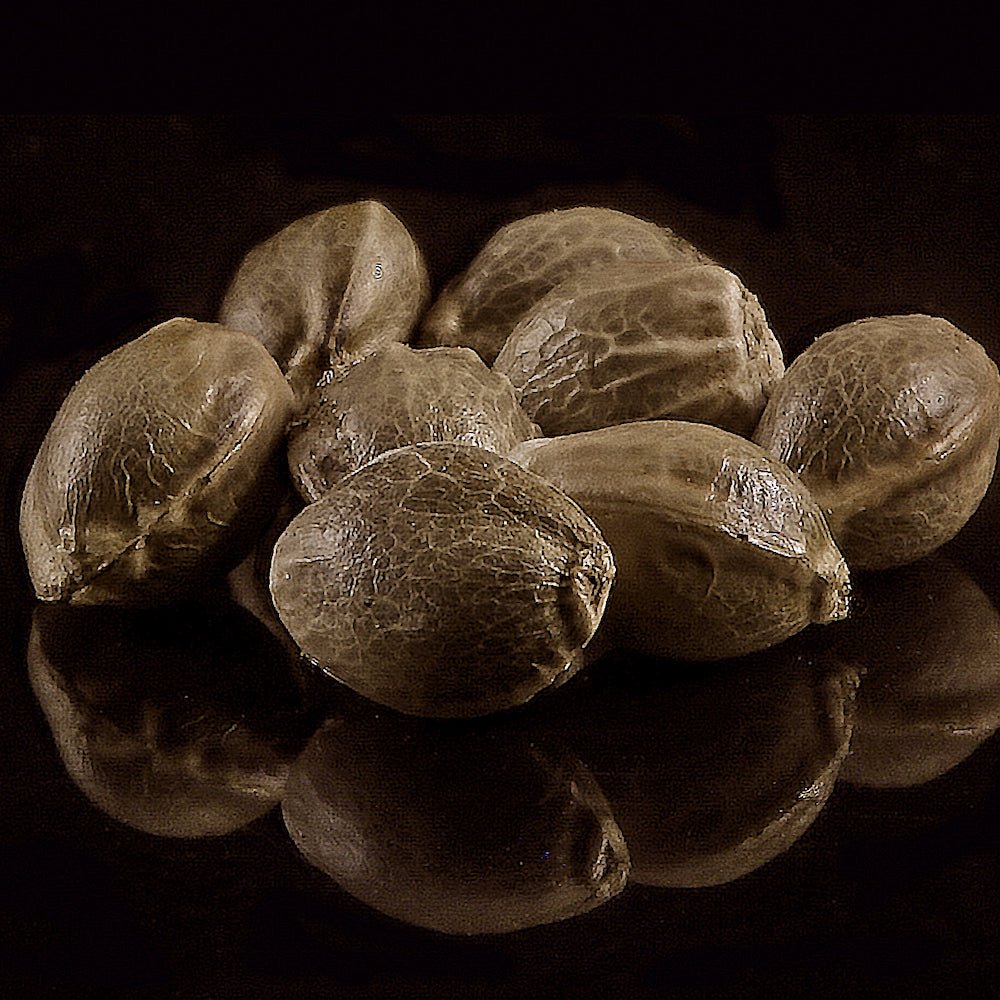
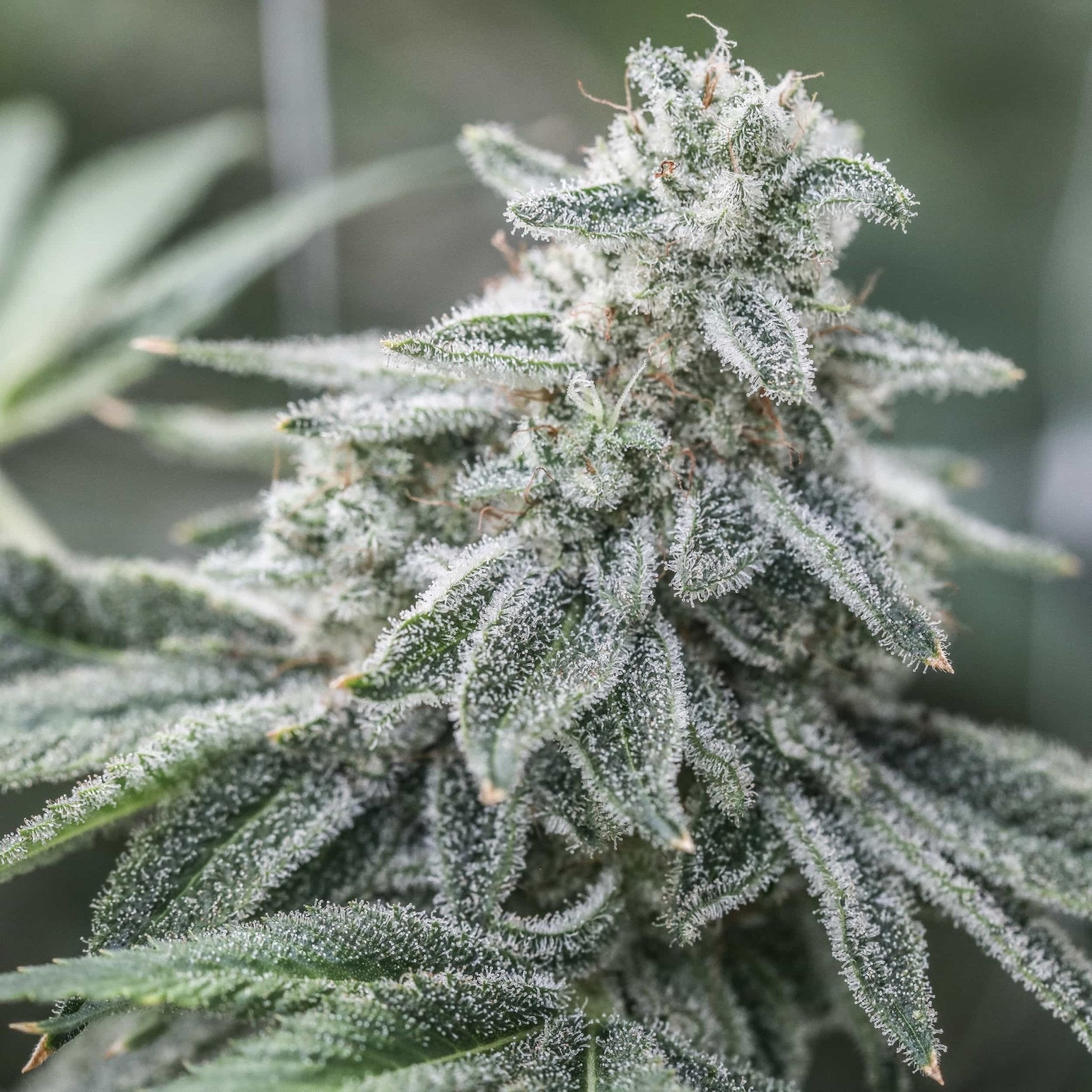
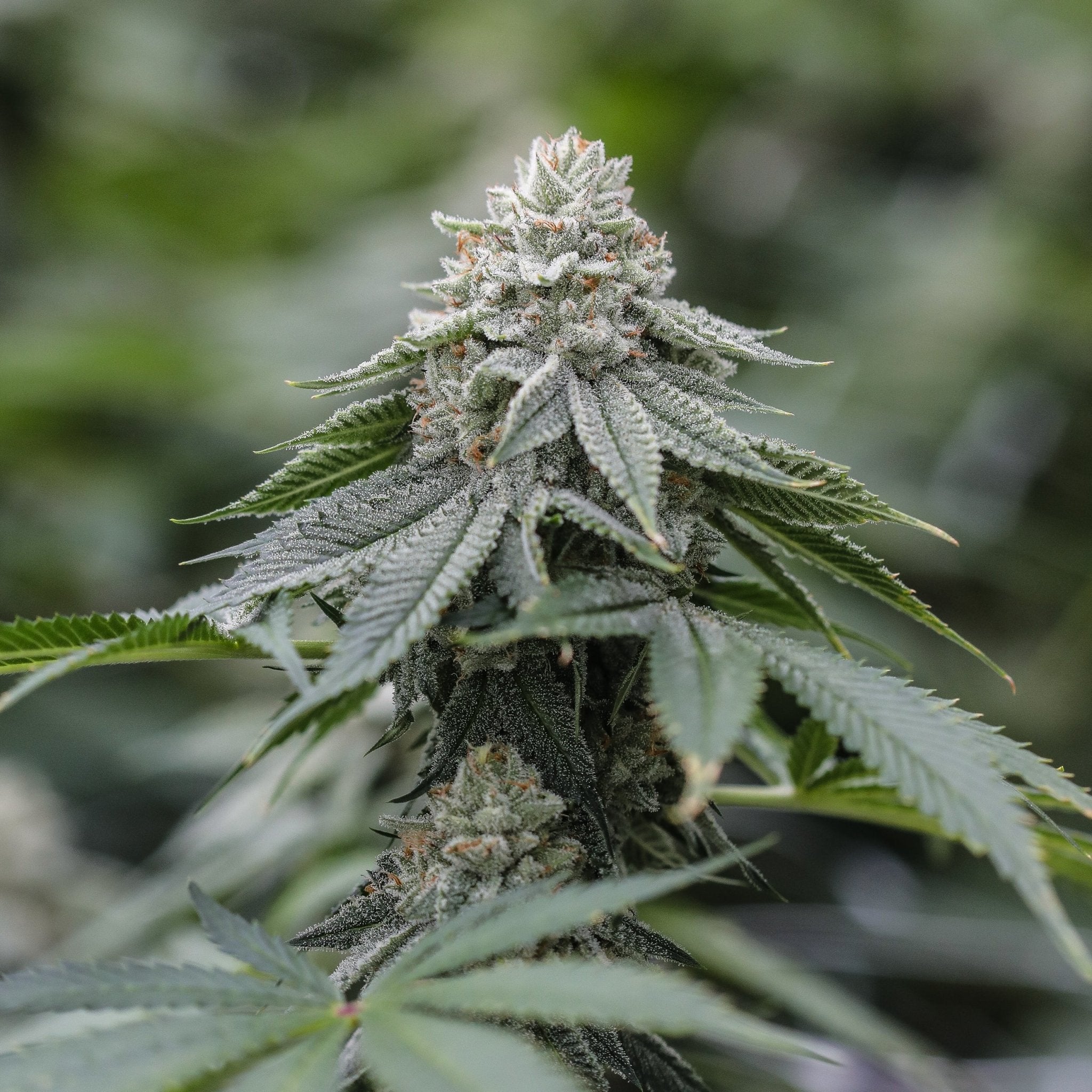
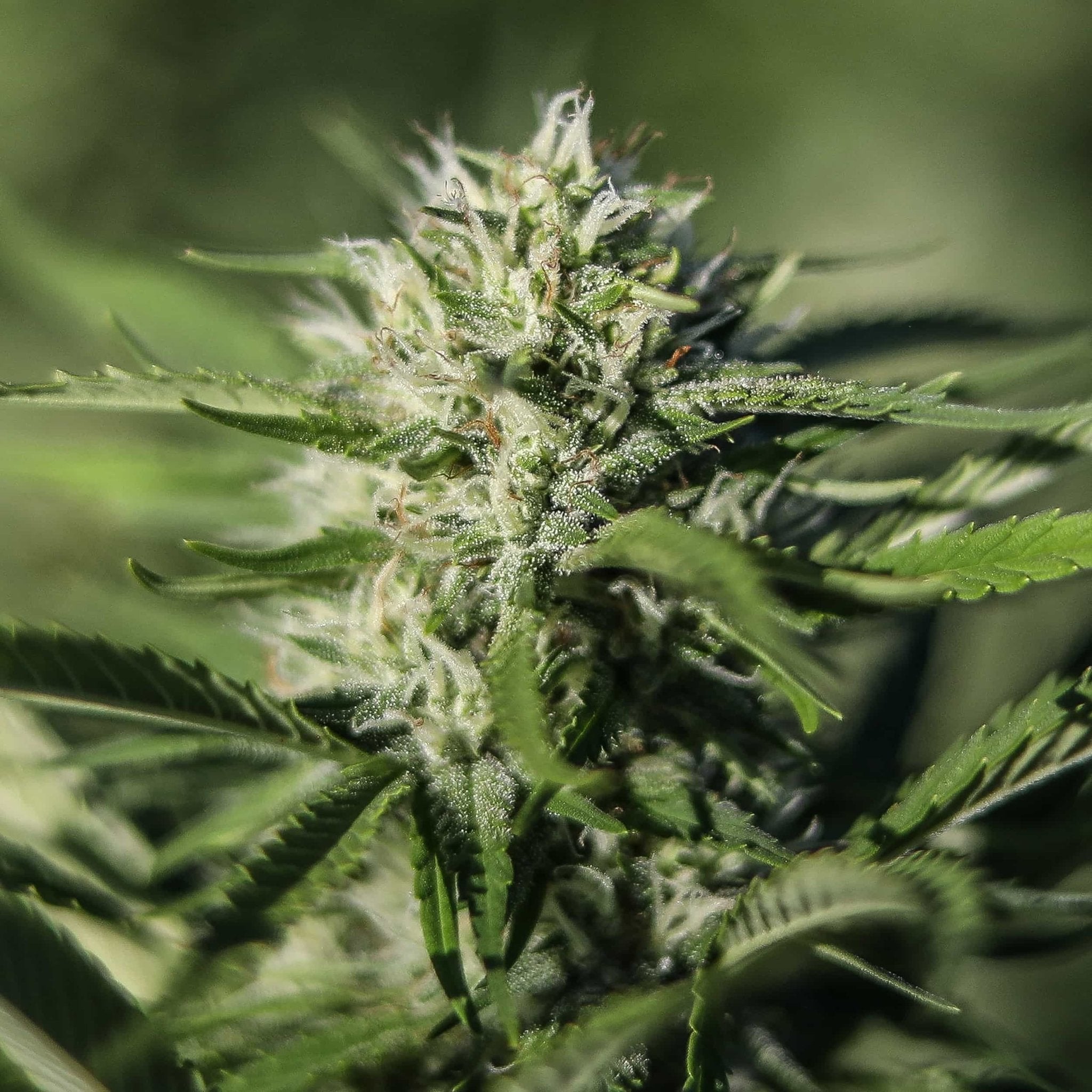
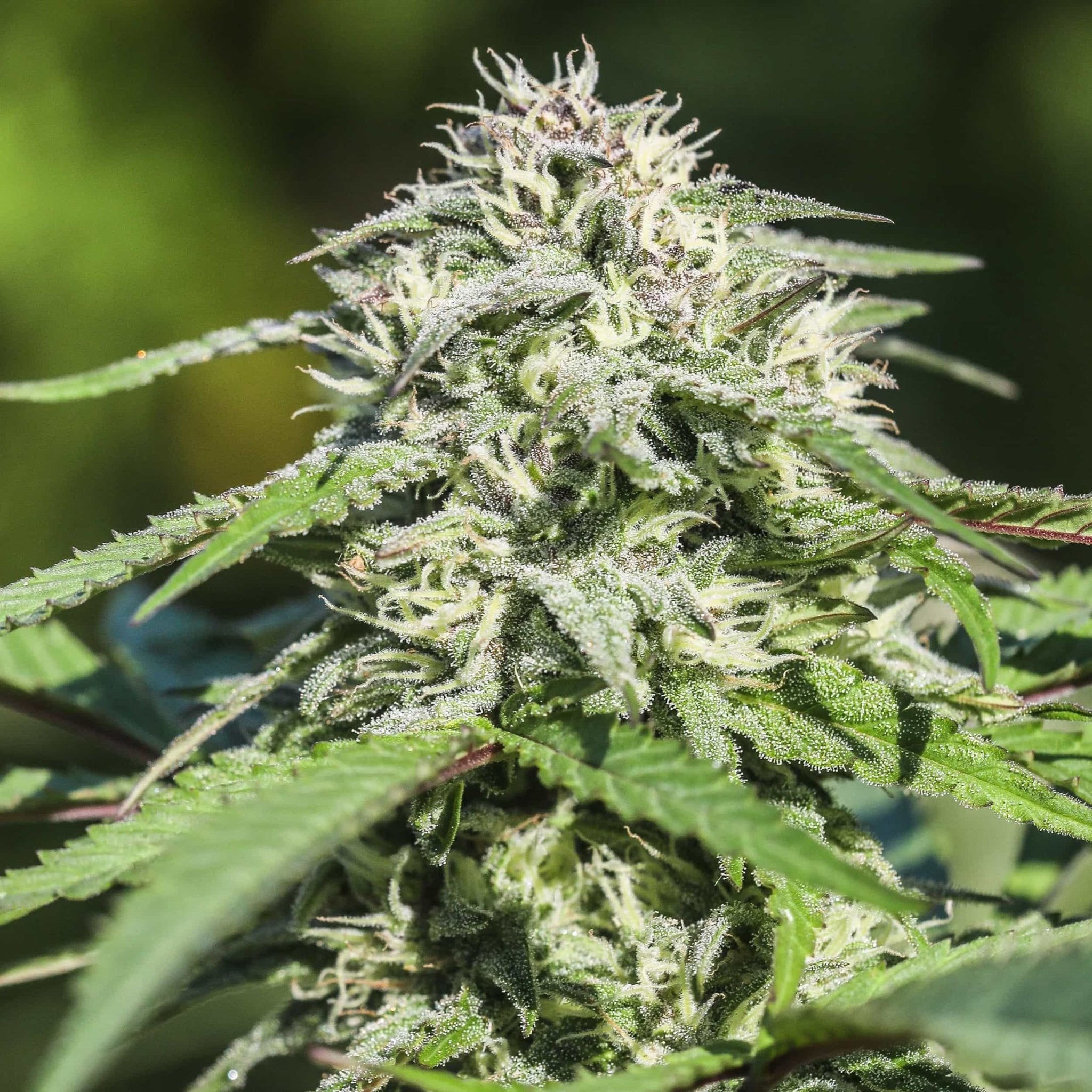
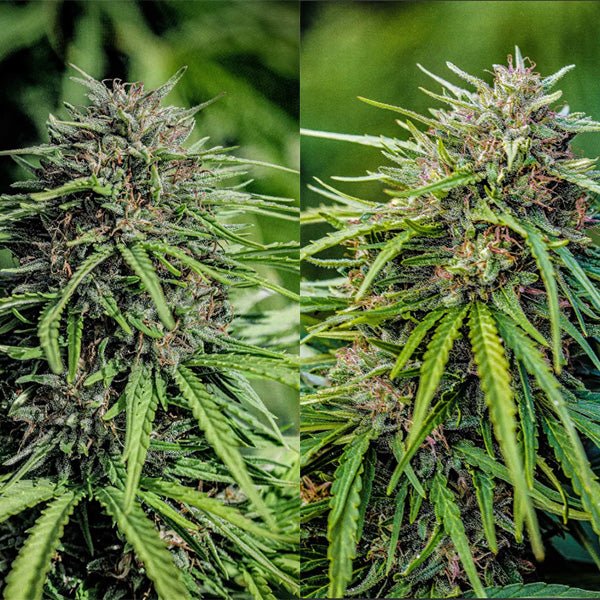
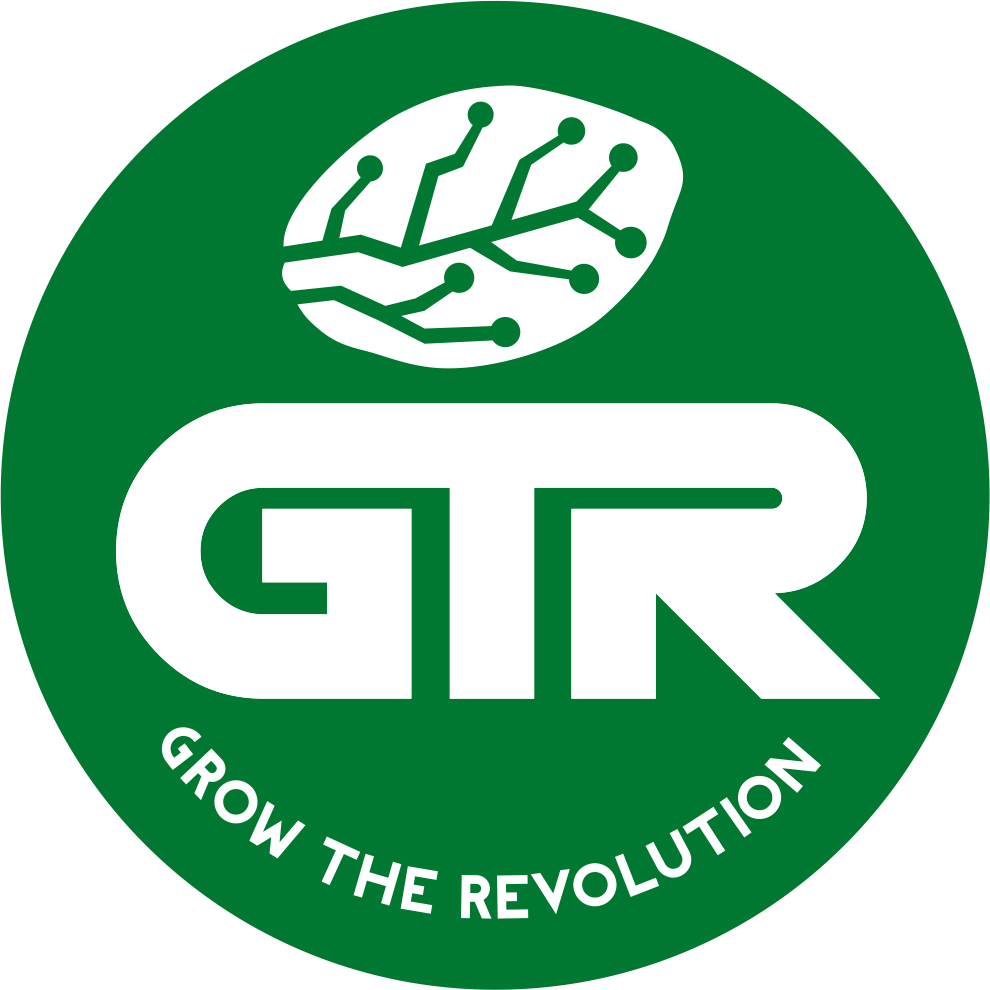
Komentáře
I agree with this article It’s gotten out of hand but this started over 20 years ago with pollen chuckers in the forums on overgrow and oh I can’t think of the other forms right now but yes it’s about a broader spectrum of chemical compounds in the plant that people are missing out on.
And it’s sad to say but it’s all about the almighty dollar that’s driving all this 🤷🏻
Been waiting over ten years now for this trend to end…. I had flower tested independently at that time which came back with a spread of 12-14 percent THC depending on the strain. Same strains were marked as 20+ percenters in the stores.